Bronson’s career continued to soar in the mid-1980s, starring in a series of action-packed films. In “Murphy’s Law” (1986), directed by J. Lee Thompson, Bronson played the role of Jack Murphy, a hardened LAPD detective who drowns his sorrows in alcohol. When he is framed for a crime he didn’t commit, his world is turned upside down.

Bronson’s talents weren’t limited to the big screen. He also appeared in the TV movie “Act of Vengeance” (1986), directed by John Mackenzie. In this gripping drama, Bronson played the real-life union leader Joseph Yablonski. The movie premiered on April 21, 1986, and showcased Bronson’s exceptional acting abilities in a powerful and compelling performance.
Early Years
Charles Dennis Buchinsky, also known as Charles Bronson, was born into a large family in a small town in Pennsylvania in 1921. His parents, Walter and Mary, were of Lithuanian origins, and the area he grew up in was known for coal mining.
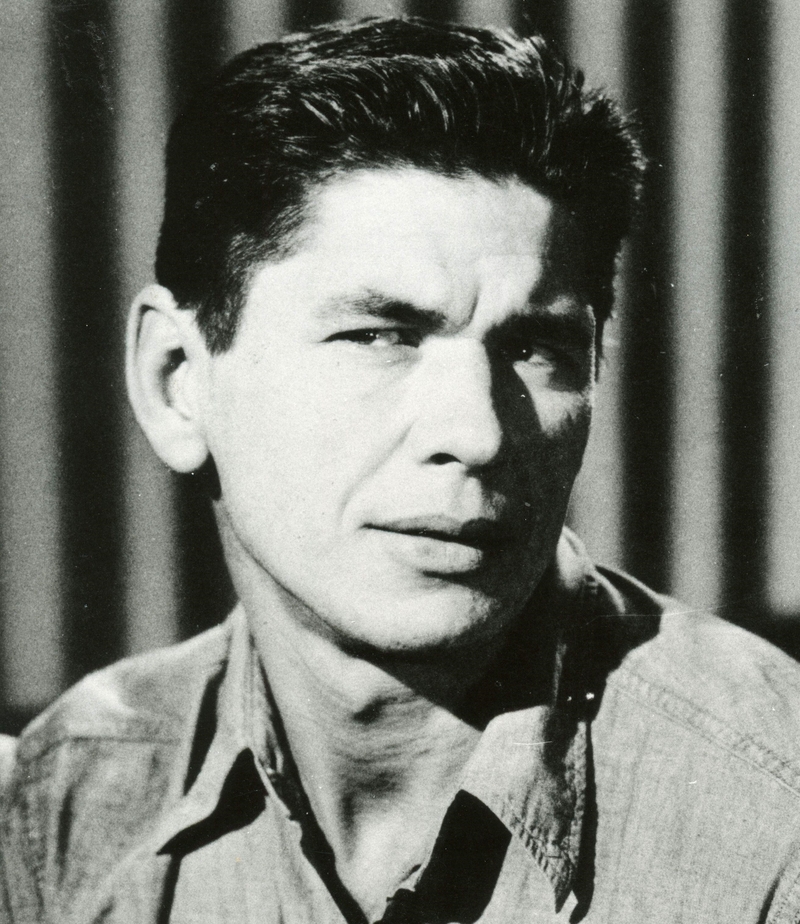
Life was hard for the residents, especially the Brosnan family – low wages, hazardous working environments, and many mouths to feed. His upbringing in a large, working-class family with Lithuanian origins played a decisive role in shaping the person he would become. His legendary tough-guy persona on screen and his quiet, reserved demeanor off-screen had roots in his difficult upbringing.
Hard Times
The Great Depression was devastating for Charles Bronson's family. He was the 11th of 15 siblings. He recalled sharing socks with his brothers and having his head shaved by their father to prevent lice. The family struggled financially, and Bronson had no choice but to wear his sister's old dress as a school uniform.
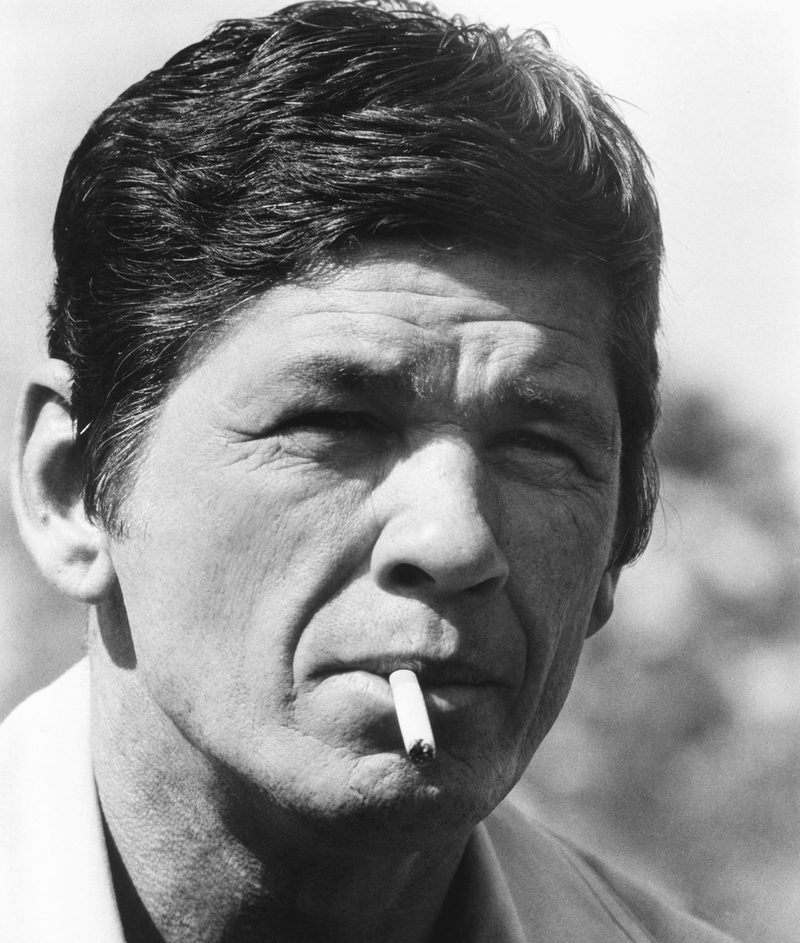
Since he entered the workforce as a child, Bronson experienced harsh realities that most children are oblivious to in their early years. These early experiences took a toll on him, and Bronson developed several unhealthy habits as a coping mechanism. One of these habits was smoking, which he picked up at the tender age of nine and continued throughout his life. Sadly, this habit likely contributed to his untimely death.
Bronson Works in the Mines at Age 10
Charles Bronson’s father passed away when he was just ten years old. In a 1973 interview, Bronson revealed that he did not know his father well and had mixed feelings toward the man. He remembered how they would hide when his mother told them their father was coming home. In a sad twist of fate, Bronson had to fill his father’s shoes soon enough.
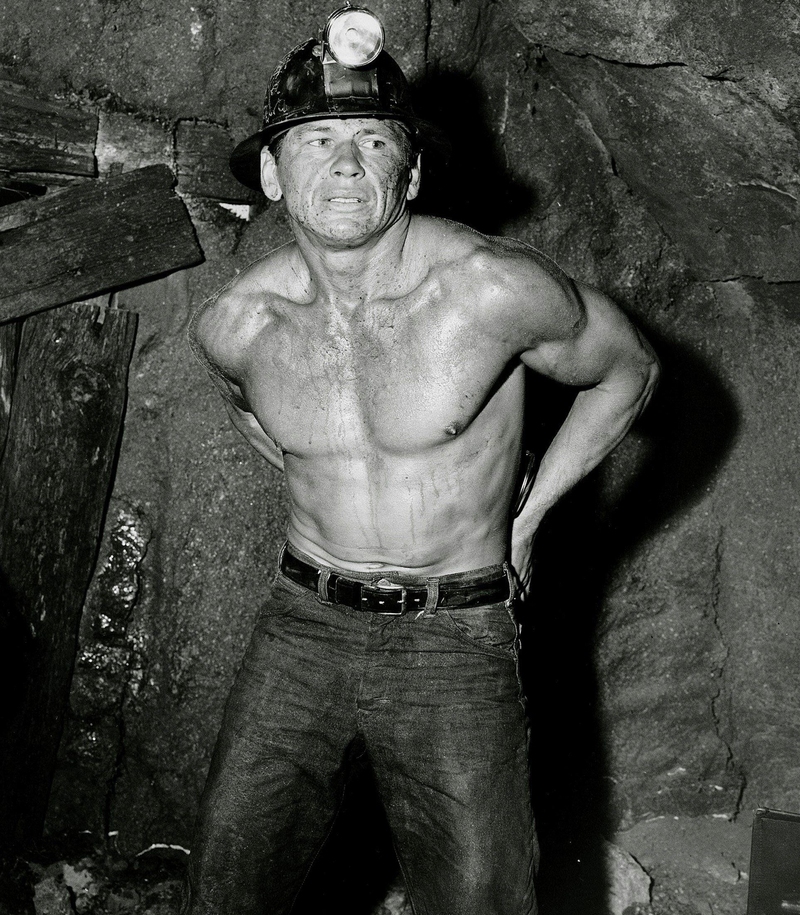
He took up his old job in the coal mines to support the family. Bronson earned just one dollar for every ton of coal mined, or sometimes even less, working double shifts to earn a meager wage. The work in the mines was dangerous, as cave-ins were common. Bronson persevered despite the odds and became the first in his family to graduate high school.
He Joins the Army
Charles Bronson's life took a dramatic turn when he enlisted in the United States Army Air Forces in 1943 during World War II, leaving behind his work in the mines. Bronson served in the 760th Flexible Gunnery Training Squadron before being deployed to the Guam-located 61st Bombardment Squadron in the 39th Bombardment Group.
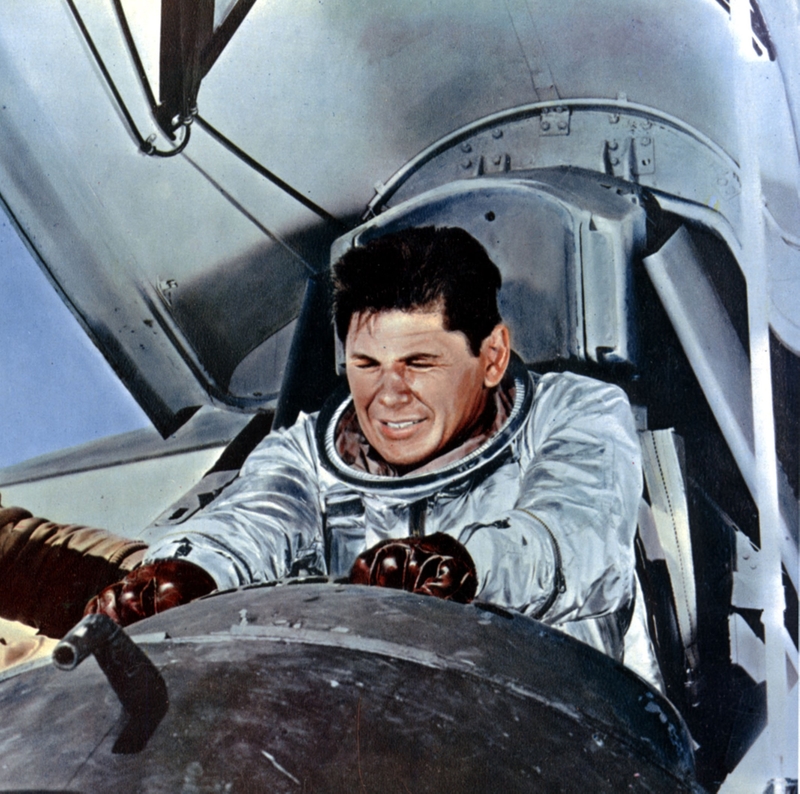
Bronson flew 25 missions as a Boeing B-29 Superfortress aerial gunner and received a Purple Heart for his wounds in the battle against Japan. Despite the dangers of war, Bronson spoke positively about his experience serving in the military. He claimed that being drafted was the best thing that happened to him.
Why Military Service Changed His Life for the Better
Joining the army gave Charles Bronson an escape from the harsh conditions of mining work. He ate three square meals a day. He also said he wore proper clothing for the first time – no hand-me-downs or ill-fitted clothes. Additionally, military service helped improve his English, a language he never spoke at home during his childhood in Pennsylvania.
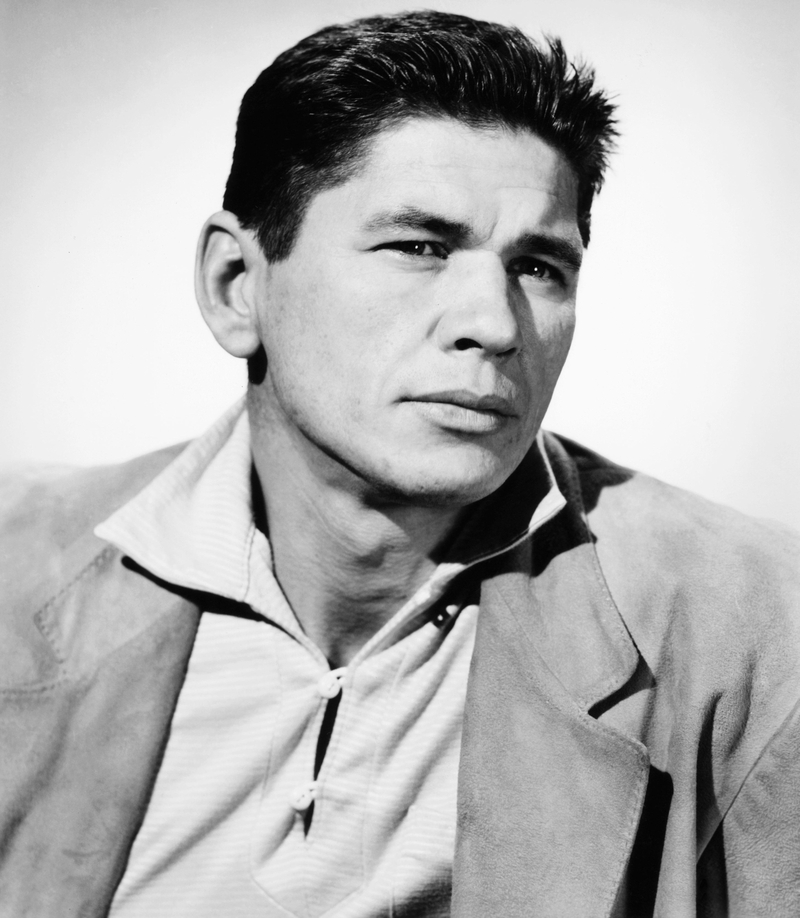
Even during his time in the army, Bronson's accent was strong enough that everyone believed he was from another country, even though he was born and raised in the US. A true polyglot, Bronson also spoke Russian and Greek apart from Lithuanian and English.
Finding His Calling
After being discharged from the military, Bronson struggled to find direction. He worked various jobs, including a truck driver, a steelworker, and a mine laborer, but he never found anything that really sparked his interest. That all changed when he met a group of actors while living in Atlantic City.
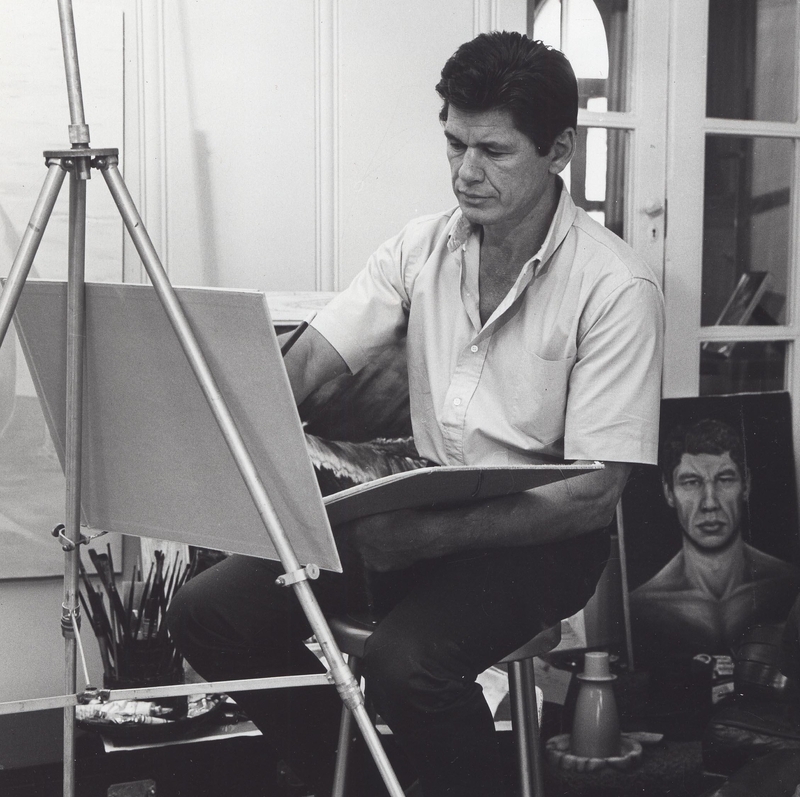
The actors offered him a job painting sets for their production. Bronson enjoyed the work, so he accepted the offer. While painting sets in the theater, he dabbled in acting on the side and quickly found himself drawn to the craft. He had discovered his true passion and decided to pursue acting as a full-time career.
He Shares an Apartment With Jack Klugman
Charles Bronson moved to New York in the late 1940s to find acting work. During this period as a struggling actor, he ended up sharing an apartment with a then-unknown Jack Klugman. Despite their starkly-different personalities, the two got along as housemates and pursued their acting dreams.
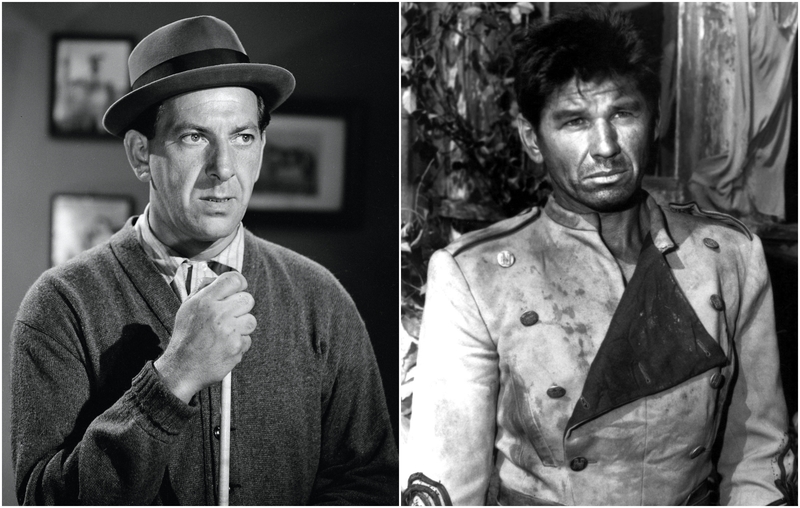
Klugman went on to star in several notable productions, including “12 Angry Men,” “The Odd Couple,” and “The Twilight Zone,” while Bronson carved out his own path in Hollywood. In later years, Klugman revealed that Bronson had been a neat freak during their time together. Nobody ironed clothes as skillfully as he did! Bronson became a stickler for cleanliness over the years. It was probably his way of leaving behind his childhood spent in poverty and squalor.
The First Marriage
In 1947, Charles Bronson married Harriet Tendler. Both were aspiring actors when they first met in Philadelphia and fell in love. Tendler was only 18 when she first met the 26-year-old Charlie Buchinsky in acting school. Their families came from starkly different worlds.
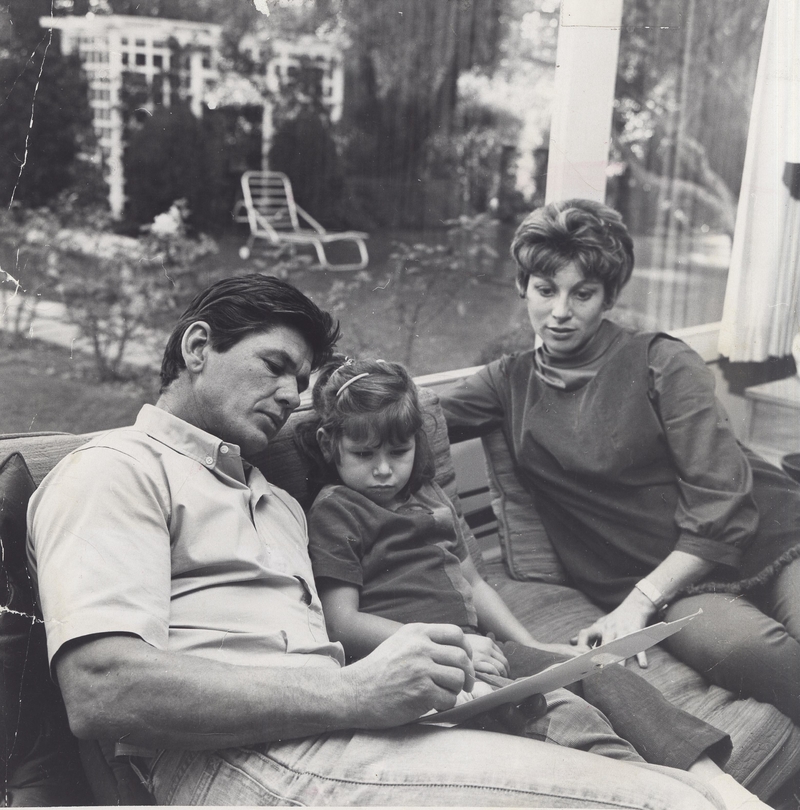
Tendler's father was a prosperous Jewish dairy farmer, while Buchinsky was a former coal miner and a Catholic. Regardless, the couple tied the knot two years later, with grudging approval from the father-in-law and other members of the Tendler family. As the couple continued pursuing their respective acting careers, Tendler provided most of the financial support they needed to get by.
His First Uncredited Role
Charles Bronson's journey to his first film role was unique, to say the least. As a struggling actor in the early 1950s, he landed his first appearance in the 1951 film "You're in the Navy Now." The film's director, Henry Hathaway, was holding auditions for sailors to appear in the movie.
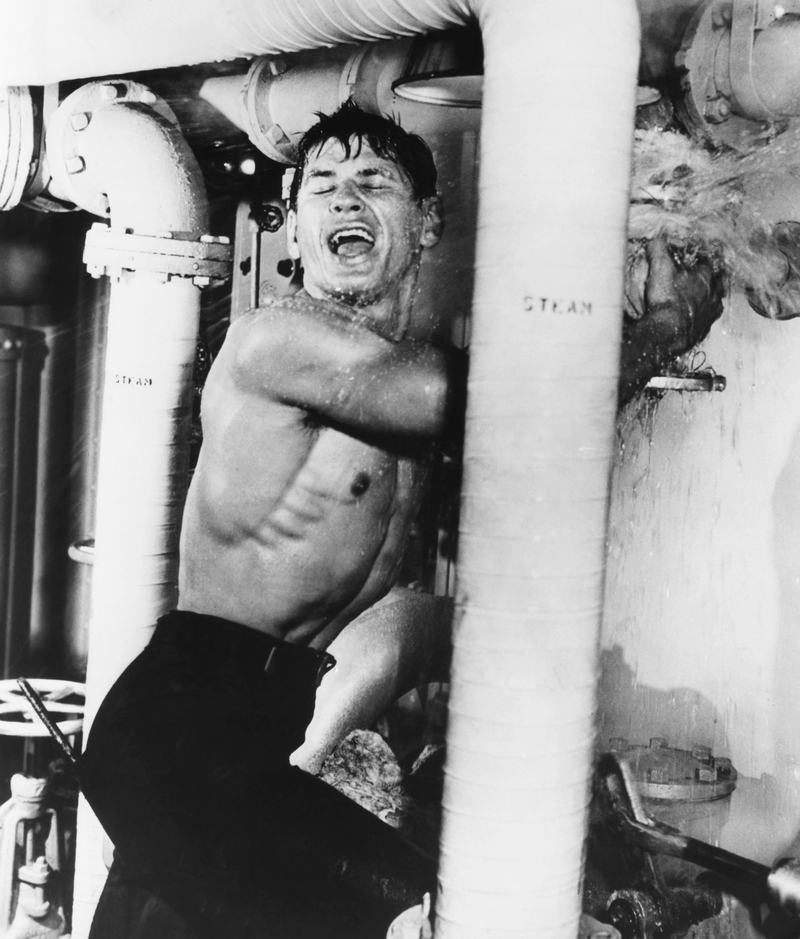
The story goes that as Bronson waited in line with other hopefuls, he realized he could belch on command. When it was finally his turn to audition, Hathaway asked him if he had any talents. Without hesitation, Bronson let out a loud belch that impressed the director enough to give him the role of a sailor in the film. His belching talents did not get him any film credits, however.
Early Film Career
Charles Bronson started to make a name for himself in the early 1950s. Some of his earliest roles were in films like "The Mob" and "The People Against O'Hara" both released in 1951 and directed by the legendary John Sturges. The budding actor also showed off his range by playing a mob enforcer in the sports comedy "Pat and Mike" (1952) and a prison inmate in "My Six Convicts" (1952).
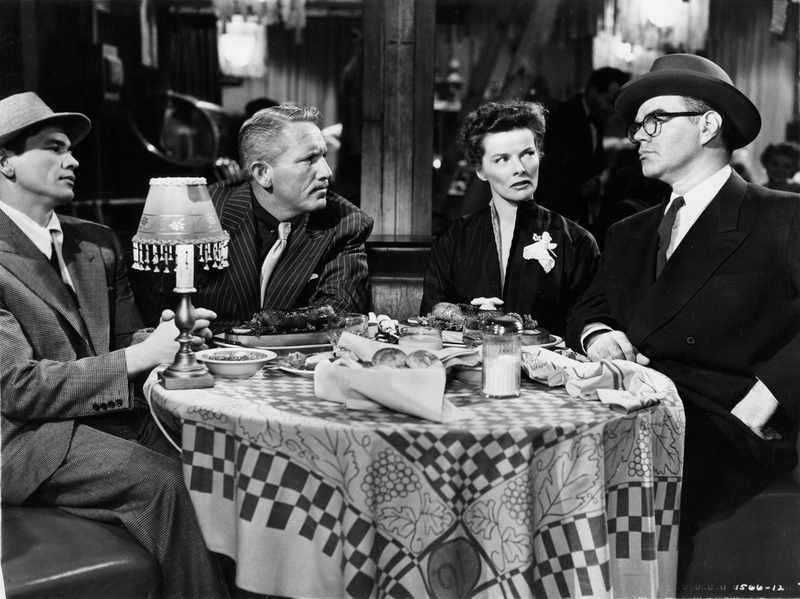
He even dipped his toes in a romantic comedy with "The Marrying Kind" (1952). Before you could blink, Bronson diversified into action and adventure films such as “Diplomatic Courier" (1952) and "Red Skies of Montana" (1952). With these early roles, Bronson proved he was a versatile actor capable of tackling any genre.
He Changes His Name
Charles Bronson's journey to fame had its fair share of challenges. When he first entered Hollywood, he went by his birth name, Buchinsky. During the height of the Red Scare in the 1950s, Bronson’s agent suggested that he change his Lithuanian surname.

He feared that it might damage his prospects in Hollywood. Senator Joe McCarthy's anti-Communist crusade fueled witch hunts across the country, and Eastern Europeans were not safe from the backlash. The actor changed his name to "Bronson" - a move he hoped would keep him safe in the country and more marketable in Hollywood. It was a difficult but necessary step to navigate those tumultuous times.
Call Me Charles Buchinsky
Despite the McCarthy-led House Un-American Activities Committee proceedings, Charles Bronson had already made a name for himself in Hollywood under his birth name, Charles Buchinsky. One of his most memorable performances was as an Apache warrior named "Hondo" in the 1954 film "Apache," directed by Robert Aldrich.

After that, he went on to land roles in films such as "Tennessee Champ" (1954) for MGM and "Crime Wave" (1954) directed by Andre de Toth. Although he played supporting roles in all these films, Buchinsky’s talent was evident and paved the way for his future in Hollywood. The name change had little to do with his success.
With a Little Help From His Friend
Charles Bronson was a reserved person overall, but he shared a close bond with the legendary actor Steve McQueen. The two Hollywood icons worked together on three films, but their friendship extended beyond the silver screen. McQueen was the one who suggested the name “Bronson” when the actor was considering changing his surname.
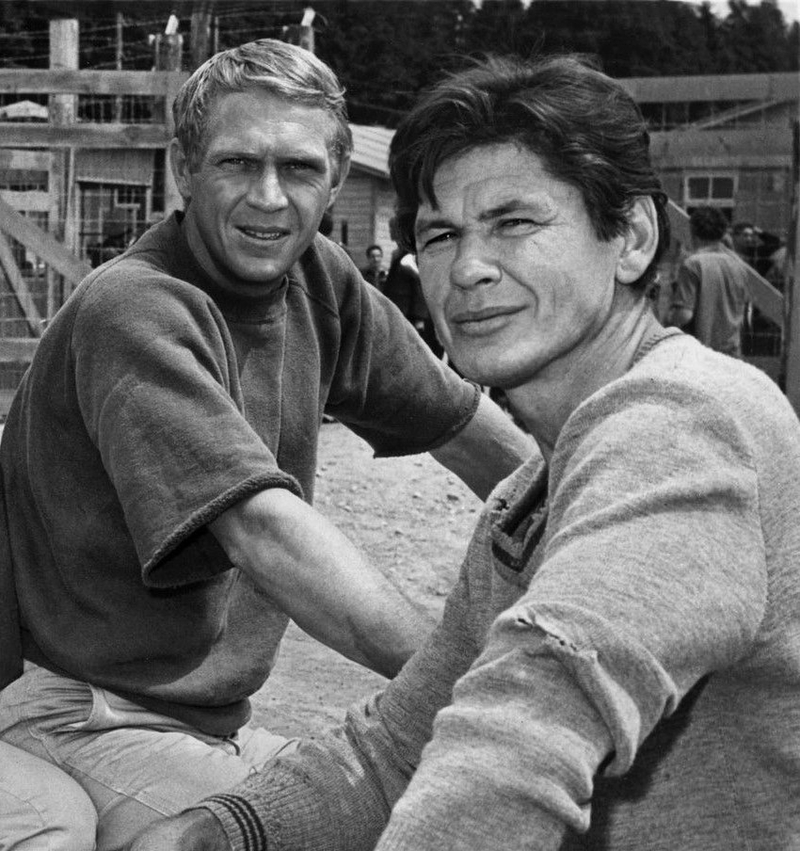
Legend has it that during a drive together, McQueen spotted a street sign that said "Bronson" and immediately suggested it as a new surname for his friend. And just like that, Charles Buchinsky became Charles Bronson - a name that would soon become synonymous with tough-guy roles and action-packed films in Hollywood.
First Film as Charles Bronson and a Close Shave
Charles Bronson reunited with Robert Aldrich for "Vera Cruz" (1954) - which was his first film as “Charles Bronson.” While filming Vera Cruz in Mexico, Charles Bronson and co-star Ernest Borgnine decided to ride into town on horseback while still in costume, including prop guns.
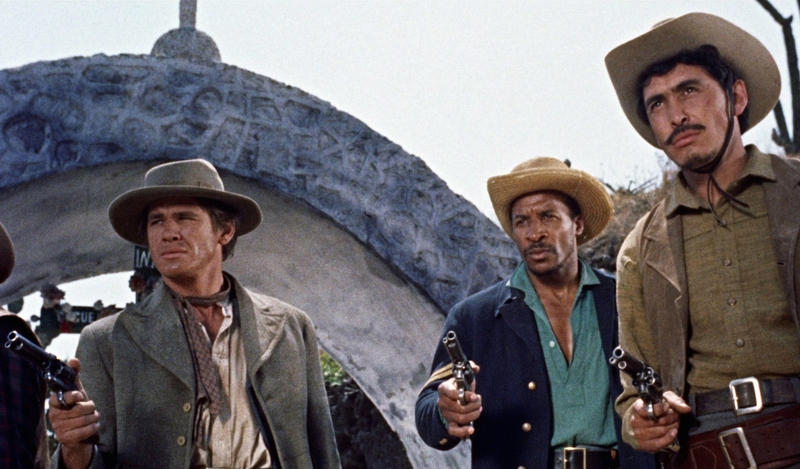
However, their timing could not have been worse, to put it lightly. A truck of Mexican national authorities spotted them, unaware the men were actors in costume. Bronson and Borgnine were held at gunpoint until someone could verify their identities! This incident could have ended in tragedy, but luckily, they dodged a bullet, quite literally!
His Career Takes Off
Bronson’s portrayal of Captain Jack, a ruthless Modoc warrior, in the Delmer Daves-directed western "Drum Beat" (1954) cemented his place as a formidable villain on the big screen. Bronson's performance as Captain Jack was powerful, leaving a lasting impression on audiences and critics alike.
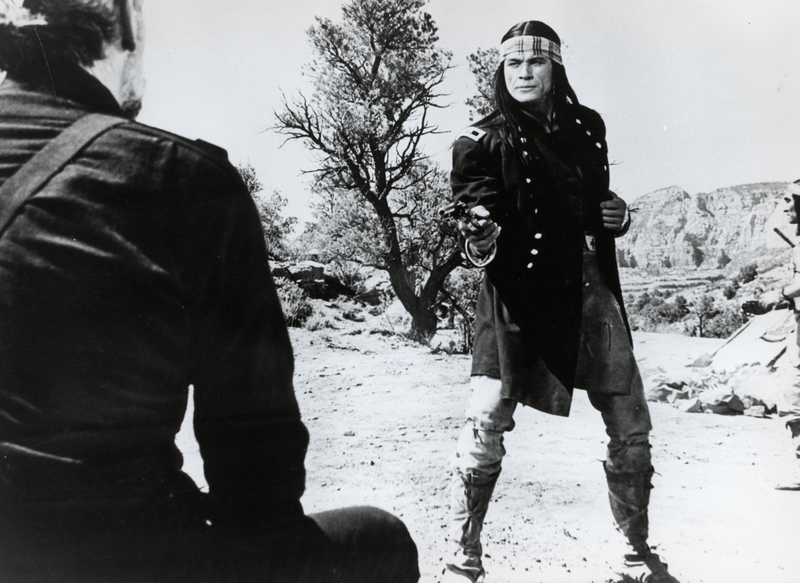
Since the character was based on a real person, it only added to the impact of his performance. He followed this up with impressive roles in films like "Target Zero" (1955) and "Big House, U.S.A." (1955). But it was Bronson’s performance in "Jubal" (1956), alongside Glenn Ford, which truly showed off his range as an actor.
From Movies to Television and Everything in Between
Charles Bronson's acting career continued to gain momentum in the late 1950s, as he landed a lead role in the crime drama "The Sheriff of Cochise." The series starred John Bromfield and was later renamed "U.S. Marshal.” Bronson went on to guest star twice in 1959 in the newly-named series. In addition to his work on "U.S. Marshal," Bronson also made several television appearances.
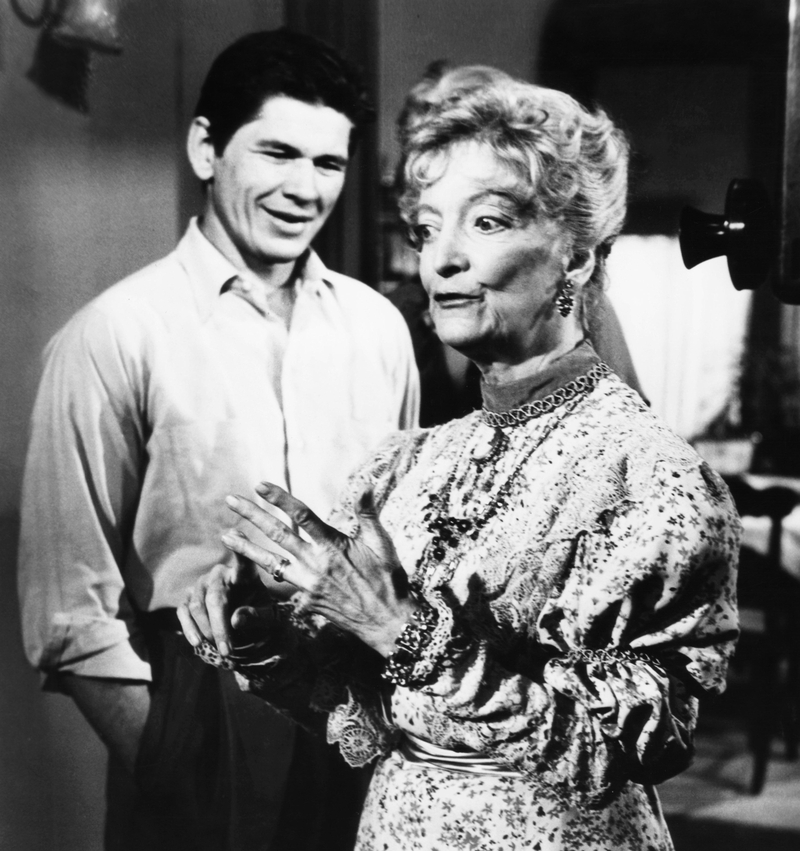
He guest-starred on the short-lived CBS sitcom "Hey, Jeannie!" and showcased his acting chops in three episodes of the classic thriller series, "Alfred Hitchcock Presents." From drama to comedy, it seemed like there was nothing that Bronson could not do.
Film and TV Roles in the 1950s
Charles Bronson's star continued to rise in the late 1950s as he landed roles in both television and film. In 1957, he appeared in the Western series “Colt .45.” He played the role of an outlaw named Danny Arnold in the episode "Young Gun."
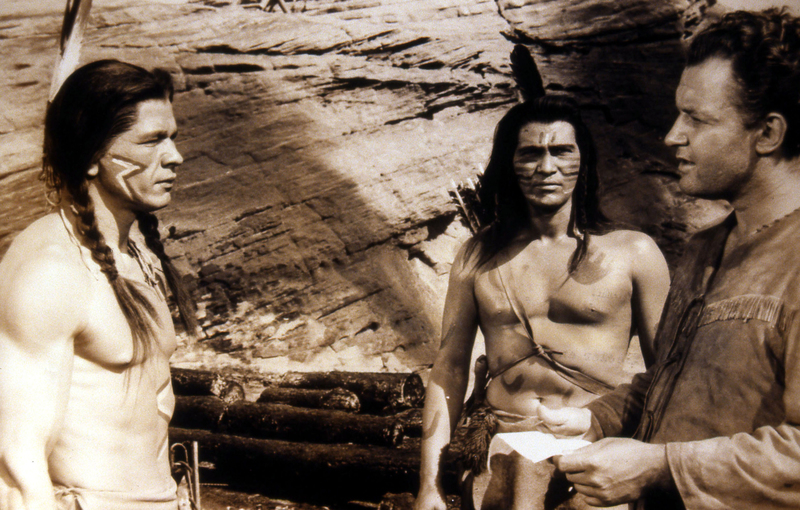
He also landed a supporting role in the Sam Fuller film "Run of the Arrow" the same year. The following year, Bronson took on the iconic role of Butch Cassidy in an episode of the popular TV Western "Tales of Wells Fargo" to critical acclaim. As Butch Cassidy, Bronson solidified his reputation as a performer to watch in Hollywood.
He Plays a Man With a Camera
In 1958, Charles Bronson landed the starring role in the ABC detective series "Man with a Camera." For two years, he played the character of Mike Kovac, a photographer in New York City whose specialty is dangerous assignments.
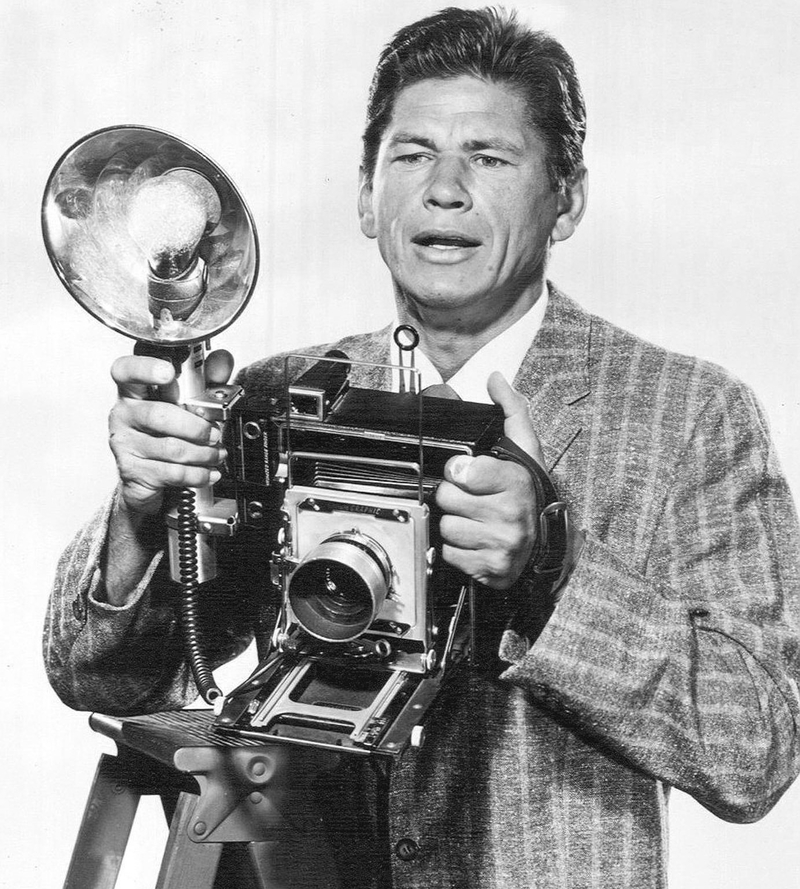
The show was a massive hit with fans and critics, which clearly demonstrated Bronson's potential as a leading man. He also appeared in several low-budget films during this period, such as "Machine-Gun Kelly," a biographical film about the infamous gangster, and "Gang War," a gritty crime drama. Additionally, he starred in "When Hell Broke Loose" (1958) and "Showdown at Boot Hill" (1959).
The New Face of Television
Charles Bronson continued to expand his television resume with several notable appearances. He played the role of a naval intelligence officer, in Steve Ogrodowski, in two episodes of the military sitcom/drama, “Hennesey.” Bronson also took on the role of Rogue Donovan, an escaped murderer, in an episode of the Western series "Hell and High Water."
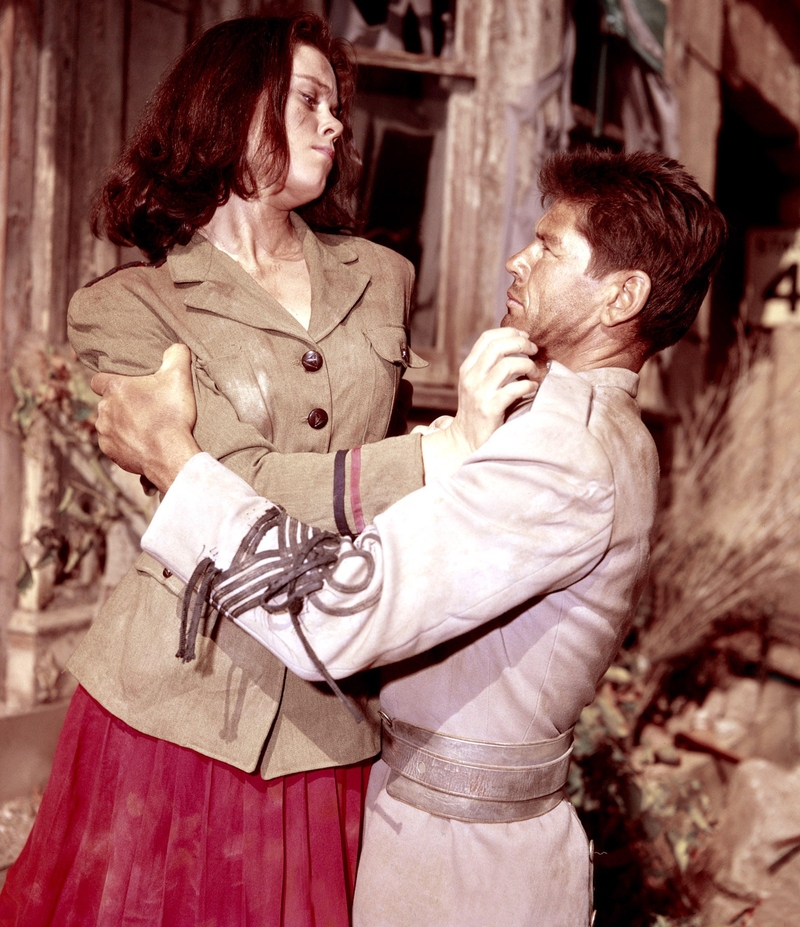
In 1961, he starred opposite Elizabeth Montgomery in an episode of the iconic science fiction anthology series, “The Twilight Zone.” Bronson also appeared in five episodes of the classic Western series, “Have Gun – Will Travel,” which starred Richard Boone. His versatile acting abilities continued to make him a sought-after performer on both the big and small screens.
More Supporting Roles
In 1959, Charles Bronson landed a supporting role in the film, "Never So Few," directed by John Sturges and starring Frank Sinatra and Gina Lollobrigida. The film had a big budget and was successful. It earned $3,020,000 in the United States and Canada and $2,250,000 elsewhere, but because of its high cost resulted in a loss of $1,155,000.
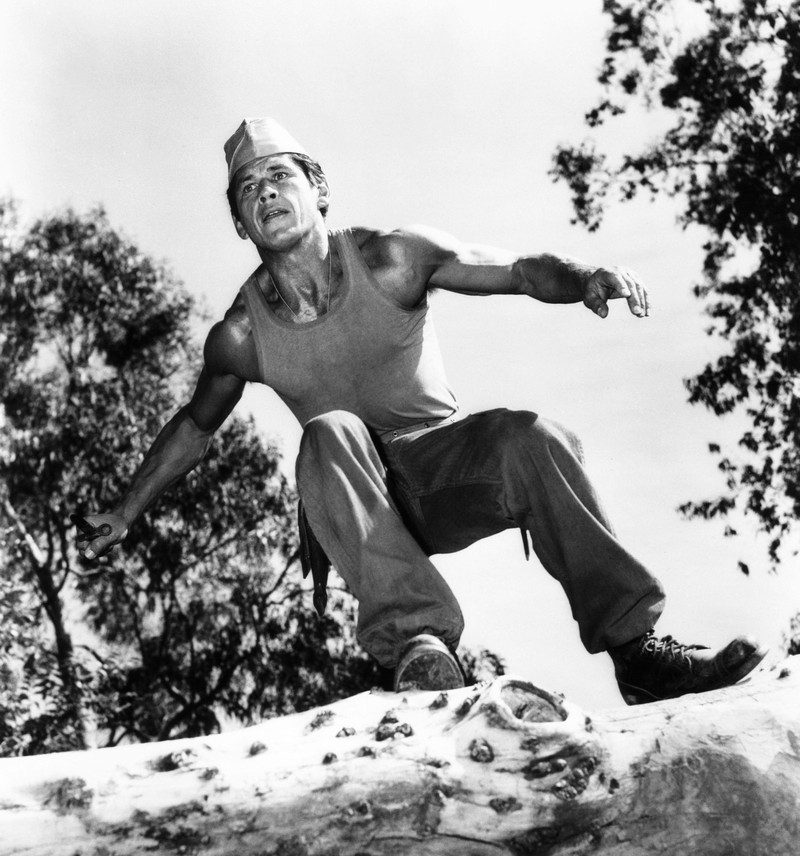
Bronson continued to make appearances on various television shows throughout the early 1960s. In 1960, he appeared in an episode of "Riverboat" starring Darren McGavin. That same year, he portrayed Dutch Malkin in an episode of "The Islanders." He also appeared in the TV western "Laramie" in 1960, playing Frank Buckley in the episode "Street of Hate."
Finally, a Breakout Role
Charles Bronson was a late bloomer in Hollywood. Despite his obvious talent, he was 39 when he landed his breakout role in the Western classic, “The Magnificent Seven” (1960). In the film, Bronson played one of seven gunfighters who banded together to defend a Mexican village from bandits.
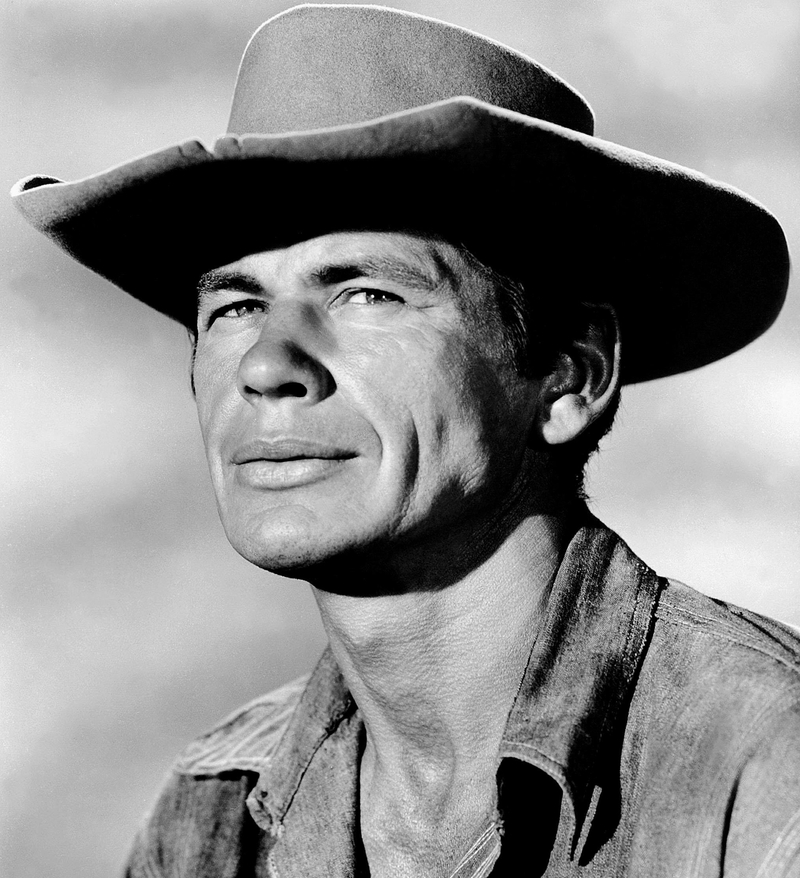
He kept to himself during filming, but his performance was electric. Bronson's portrayal of the tough, no-nonsense gunfighter made him an instant favorite among audiences and even gained him a massive following in the former Soviet Union. “The Magnificent Seven” was a turning point in the actor's career, earning him critical acclaim and opening more doors in Hollywood.
A Whirlwind Year
1961 was a busy year for Charles Bronson as he continued to hone his craft and build a name for himself in the industry. The talented actor stepped back into the ring that year, figuratively speaking, when he appeared as a boxer in an episode of “One Step Beyond.”
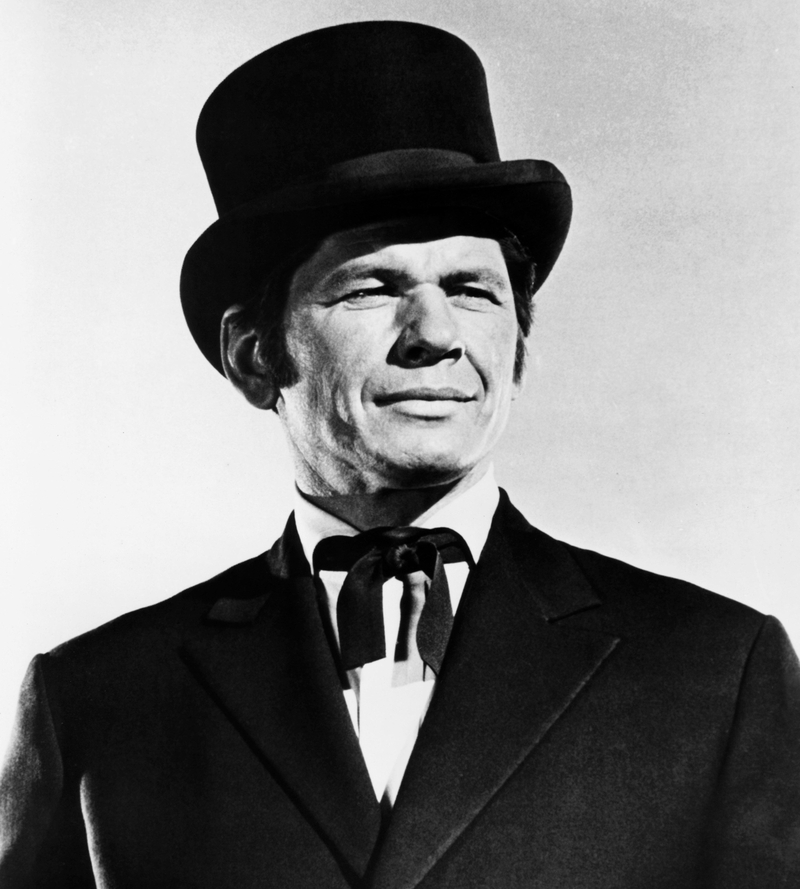
The folks over at AIP must have taken notice because they soon cast Bronson in a romantic lead role alongside none other than Vincent Price in “Master of the World.” More roles followed soon enough. While he had a supporting role in MGM's “A Thunder of Drums,” Bronson landed a more prominent part in “X-15.”
Hard Work Pays Off and Then Some
With each new project, Charles Bronson continued to prove himself as a talented actor with a bright future ahead of him. In 1961, his acting talents were recognized when he received an Emmy Award nomination for his supporting role in "Memory in White" for an episode of CBS's “General Electric Theater” hosted by none other than Ronald Reagan.
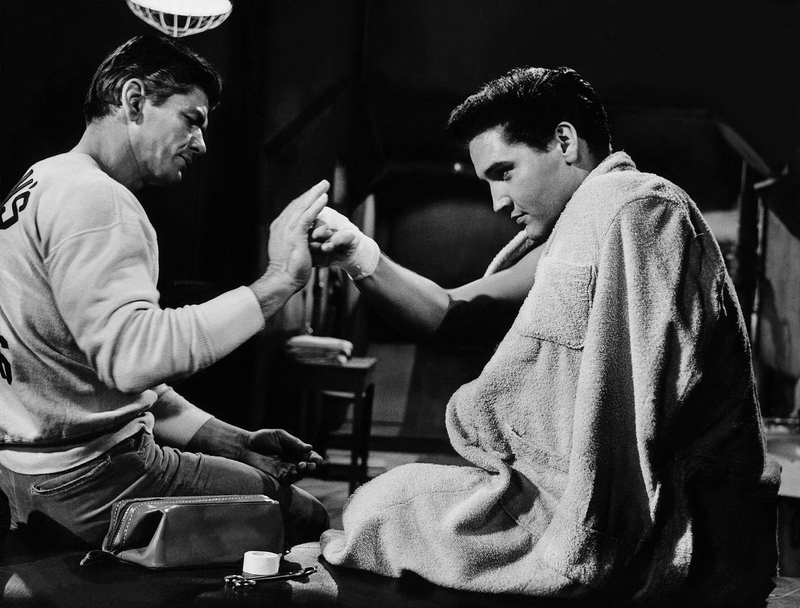
The next year, Bronson shared the screen with the King of Rock and Roll, Elvis Presley, in “Kid Galahad.” In 1963, Bronson co-starred in the series “Empire,” further demonstrating his acting chops. The show follows the story of a wealthy rancher and his family, with Bronson playing one of the key characters.
The Great Escape
Charles Bronson was already an established actor when he landed the role of Flight Lieutenant Danny Velinski, also known as "The Tunnel King," in John Sturges' 1963 film, “The Great Escape.” Velinski was a claustrophobic Polish prisoner of war skilled at digging tunnels to escape captivity.
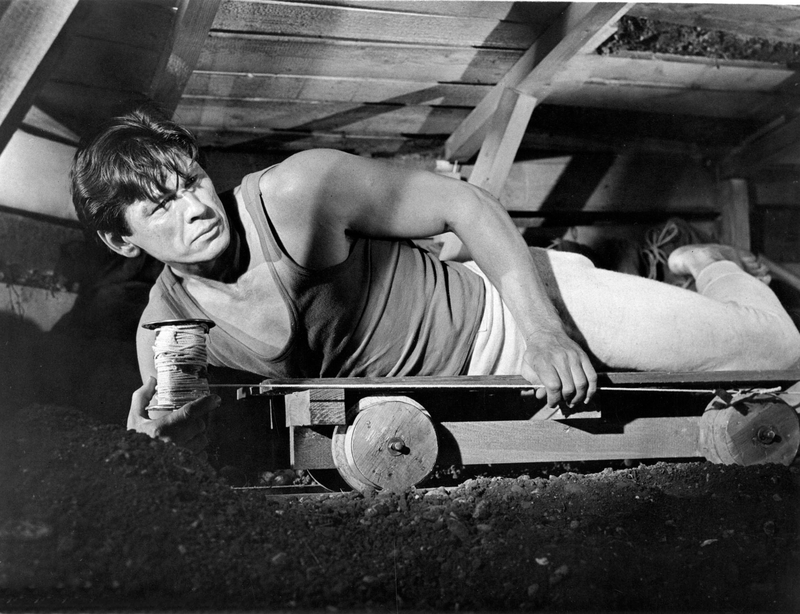
Bronson brought a unique authenticity to the character, as he himself was claustrophobic due to his childhood work in a mine. Despite his tough exterior, filming the tunnel sequences was challenging for Bronson. His background, which included military service in World War II, made him a fitting choice for the role of a prisoner of war. It was a full-circle moment of life imitating art.
A Box Office Hit
"The Great Escape" is based on Paul Brickhill's non-fiction book of the same name, which provides a firsthand account of the mass escape by British Commonwealth prisoners of war from German POW camp Stalag Luft III in Sagan, a province in Germany (now Żagań, Poland.) To increase its commercial appeal, the filmmakers took several creative liberties with the plot.
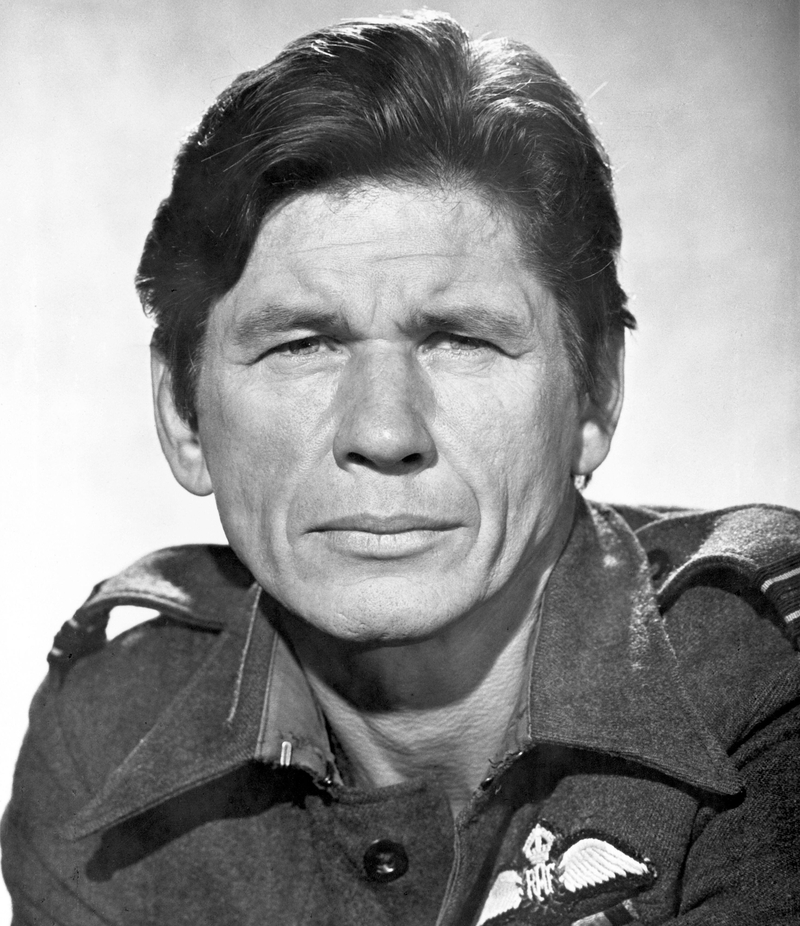
Despite these alterations, the film was a huge commercial success, grossing $11.7 million at the box office, a significant return on its $4 million budget. It was one of the highest-grossing films of 1963, despite facing stiff competition from other films at the time. As one of the leads, Bronson delivered a standout performance that cemented his status as a leading man in Hollywood.
Redefining the Western and Television
Charles Bronson was a familiar face on television as well as on the big screen in the 1960s. He took on the role of Linc, the wagon master with a heart of gold, in the ABC Western series "The Travels of Jaimie McPheeters" (1963-64).

Bronson brought his trademark intensity and grit to the character, making him a fan favorite among viewers. He also made a memorable guest appearance on the popular Western TV series "Bonanza" in 1964. In an episode titled "The Underdog," he portrayed Harry Starr, a man seeking revenge against the Cartwright family for the death of his brother.
The Trademark Bronson Effect
Charles Bronson continued building a successful career in the Western genre with his lead role in the 1965 film "Guns of Diablo." He portrayed a gunslinger hired to protect a wagon train from bandits. Bronson also made several notable appearances on television.
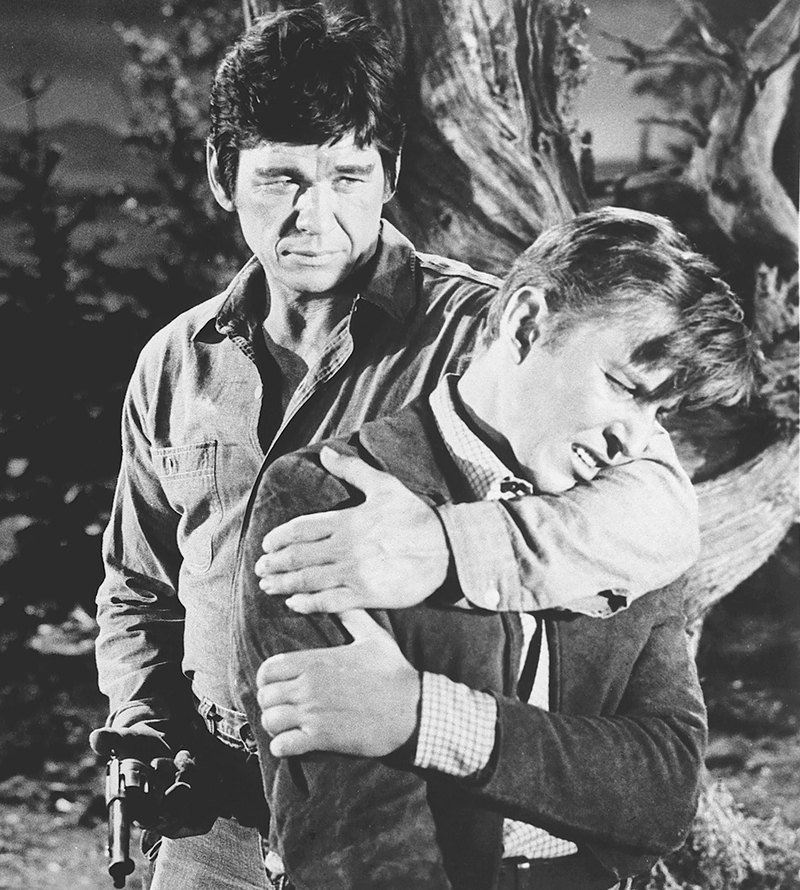
He guest-starred in an episode of "The Legend of Jesse James" during the 1965-1966 television season – his trademark intensity bringing an extra layer of excitement to the popular Western series. Bronson demonstrated his versatility further with his appearance on the third-season episode of ABC's WWII drama "Combat!" in 1965. He played the role of Velasquez, a demolitions expert tasked with destroying a vital German supply line.
Always a Supporting Man, Never a Lead
Although he had a relatively minor role in the World War II film “Battle of the Bulge” (1965), the powers that be recognized his performance. The following year, he was given fourth billing in MGM's “The Sandpiper” (1966), which was a box office success due to the star power of Richard Burton and Elizabeth Taylor.
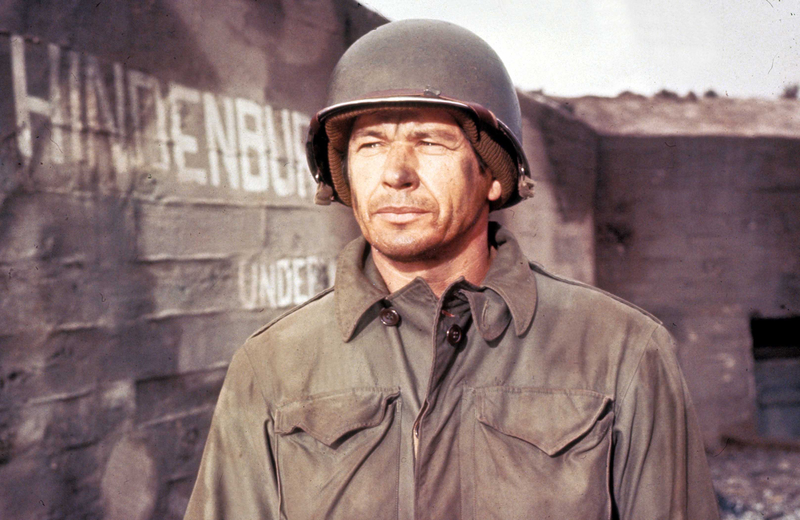
Despite being billed below the two Hollywood icons, Bronson's performance in "The Sandpiper" was well-received, and he continued to climb the ranks in Hollywood. In the same year, he was given third billing in the film "This Property Is Condemned"(1966), solidifying his status as a rising star in the industry.
Peeling the Layers
When Kurt Russell was only 12 years old, he acted alongside Charles Bronson in the 1965 western "Guns of Diablo." On Bronson's birthday, Russell decided to buy the middle-aged star a remote-controlled airplane as a gift. However, Bronson didn't seem too impressed and looked at the ground before walking away. Sometime later, Bronson wanted to see Russell in his trailer.
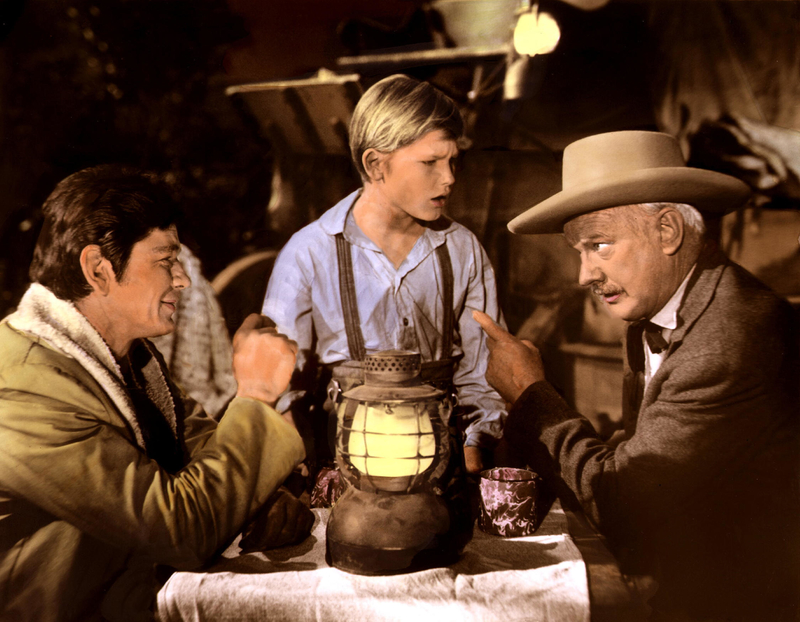
When he arrived, Bronson told him nobody had ever gotten him a present. Four months later, on Russell's thirteenth birthday, Bronson surprised him with a state-of-the-art skateboard. These stories show that while Bronson was known for his tough on-screen persona, he also had a softer side and was capable of showing kindness to those around him.
He Appears in an Iconic War Film
In 1967, Charles Bronson made a memorable guest appearance on ABC's hit television series “The Fugitive,” playing the role of Ralph Schuyler, an undercover government agent. That same year, director Robert Aldrich gave Bronson a career-defining role in the World War II film “The Dirty Dozen” (1967).

Bronson portrayed an Army death row convict who is forced to participate in a suicide mission, delivering a gritty and powerful performance that impressed audiences and critics alike. Despite his undeniable talent and screen presence, Bronson got third billing. The film became a massive box office success, but Bronson struggled to transition into leading roles despite being so talented.
Trouble On Set
One of Charles Bronson's most beloved films is the 1967 action-packed hit, "The Dirty Dozen." The film follows a group of WWII soldiers with a daunting mission to save lives. Despite the film's wild success, Bronson faced several challenges on set.
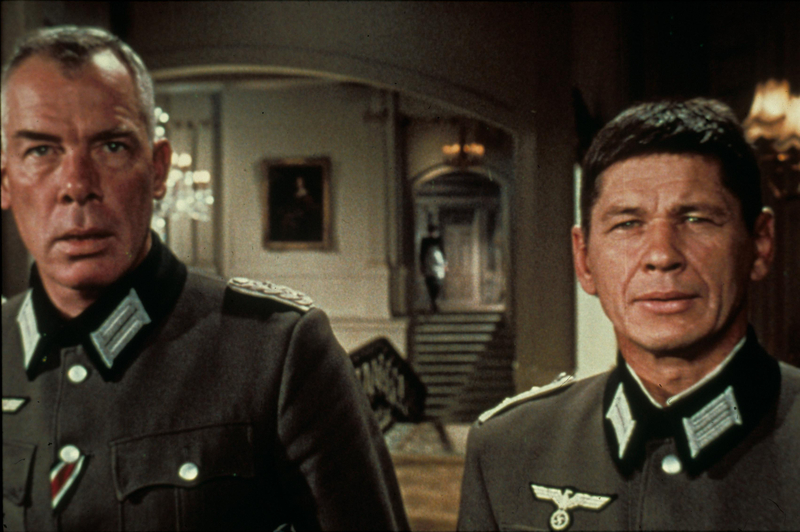
He was livid when lead actor Lee Marvin disappeared while filming to get drunk one day. Bronson was also adamant about keeping his signature hairstyle. The actor only gave in and allowed the haircut when the filmmakers slapped him with a lawsuit! Who could have known was so much drama on set because the film turned out to be a classic!
Napoleon Complex
Charles Bronson's unhappy experiences on the sets of "The Dirty Dozen" continued unabated. Among them was a prank that seemingly mocked his height compared to his taller co-stars, Jim Brown and Donald Sutherland. The joke seemed harmless enough to others but was especially hard on Bronson, who, rumor says, suffered a crippling Napoleon complex.
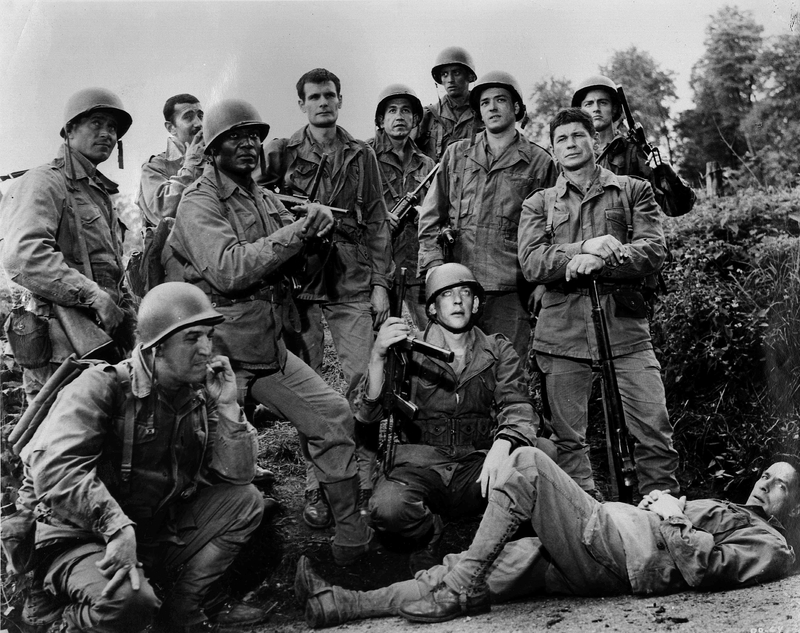
He was known for being overly aggressive or dominant to compensate for his height. Even after the film's completion, Bronson couldn't bring himself to watch the entire thing. He left halfway through since the scenes reminded him of the humiliation he experienced on set, which makes perfect sense.
He Marries a Second Time
Bronson's second marriage was to English actress Jill Ireland, whom he wed on October 5, 1968, and stayed with until she passed in 1990. The two first met in 1962 while Ireland was still married to Scottish actor David McCallum. Interestingly, Bronson had shared the screen with McCallum in "The Great Escape," brazenly declaring that he would marry his wife one day!
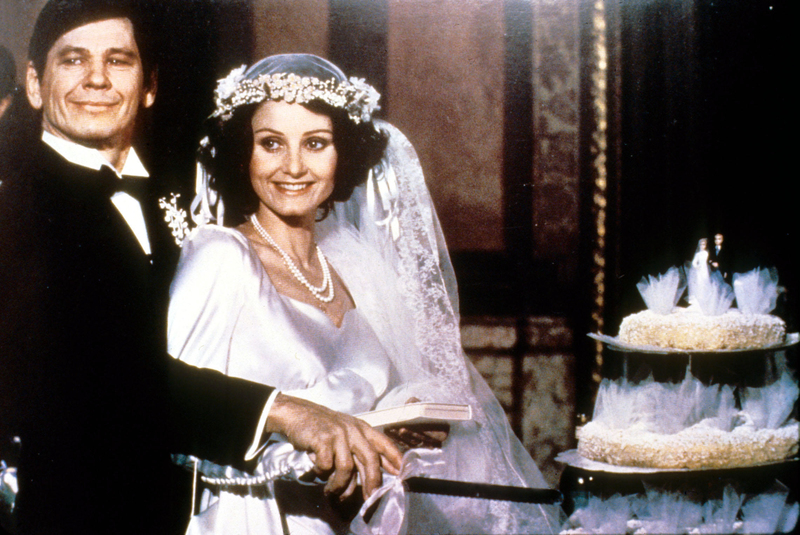
Bronson followed through. Years later, the Bronsons made their home in a lavish Bel Air mansion in Los Angeles and had seven children. These included two from Bronson's previous marriage, three from Ireland's previous marriage (one of whom was adopted), and two of their own, Zuleika and Katrina, with the latter also being adopted.
Bronson Shines in Villa Rides
In the 1968 film “Villa Rides,” Charles Bronson delivered a memorable performance as the notorious Mexican revolutionary Rodolfo Fierro, the right-hand man of Pancho Villa, played by Yul Brynner. Although Bronson's role was not the lead, his portrayal of Fierro was both menacing and captivating and stood out in a film featuring Hollywood heavyweights Robert Mitchum and Brynner.
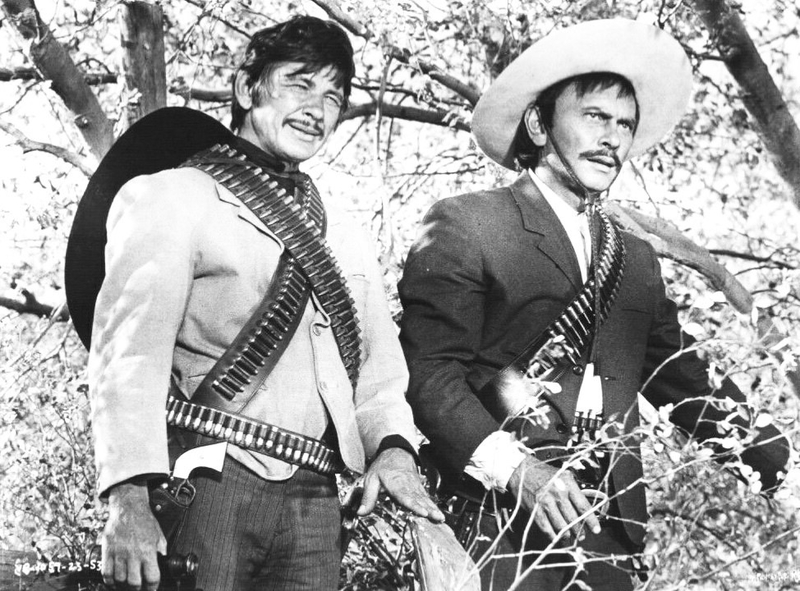
His ability to bring depth and nuance to characters set him apart - the portrayal of Rodolfo Fierro in “Villa Rides” was a stellar example. Bronson’s commanding screen presence made him a popular choice for gritty and action-packed roles in the years to come, establishing his legacy as an icon of the genre.
Partners and Soulmates
Jill Ireland frequently shared the screen with Charles Bronson as his leading lady. It's amazing to think that the couple would end up co-starring in a whopping 15 films together. Bronson and Ireland often took their entire brood when filming on location to spend family time on the road.
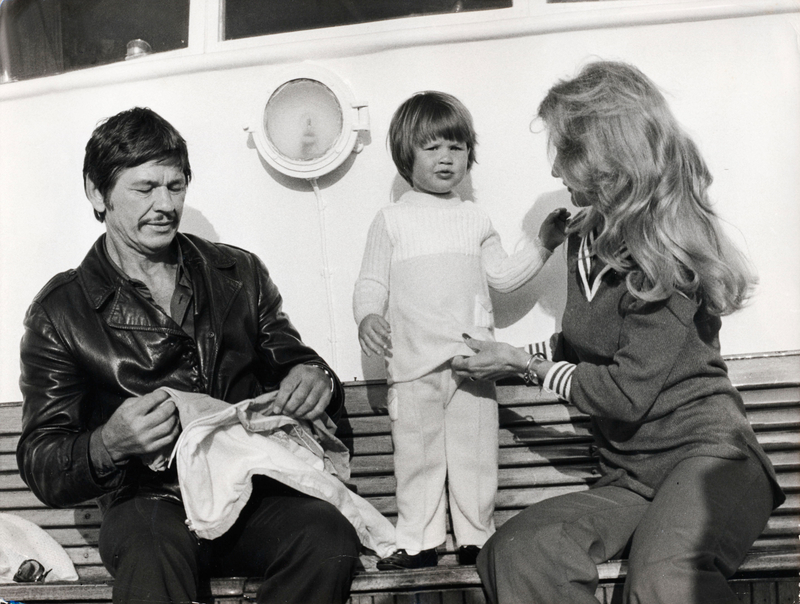
In addition to their LA residence, they enjoyed visiting a charming colonial farmhouse set on 260 acres in West Windsor, Vermont, where Ireland raised horses and provided their daughter Zuleika with expert training to excel at horse shows. The family often spent their winter holidays at Snowmass, Colorado, during the 1980s and early 1990s.
What Might Have Been
We know that Charles Bronson re-defined the Western, but did you know that he was also offered not one but two iconic roles in the classic film, “The Good, the Bad, and the Ugly?” That's right, Bronson was approached to play the roles of Tuco and Angel Eyes.
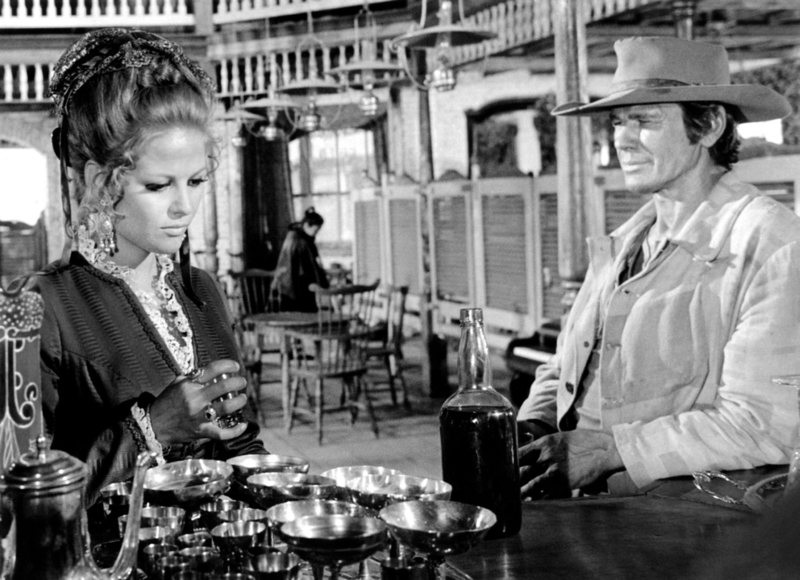
But unfortunately, he had to turn them down as he was already committed to filming “The Dirty Dozen” in England at the time. Fate had other plans for Bronson, and he would go on to work with director Sergio Leone in another Western classic, “Once Upon a Time in the West,” which was released in 1968.
Europe Loves Him
Charles Bronson gained mainstream recognition in the United States only in his fifties. What most people didn’t realize was that Bronson had been an international star long before. “The Magnificent Seven” and “The Great Escape,” might have been commercial failures in the US, but the films were huge box office successes in Europe and Japan.
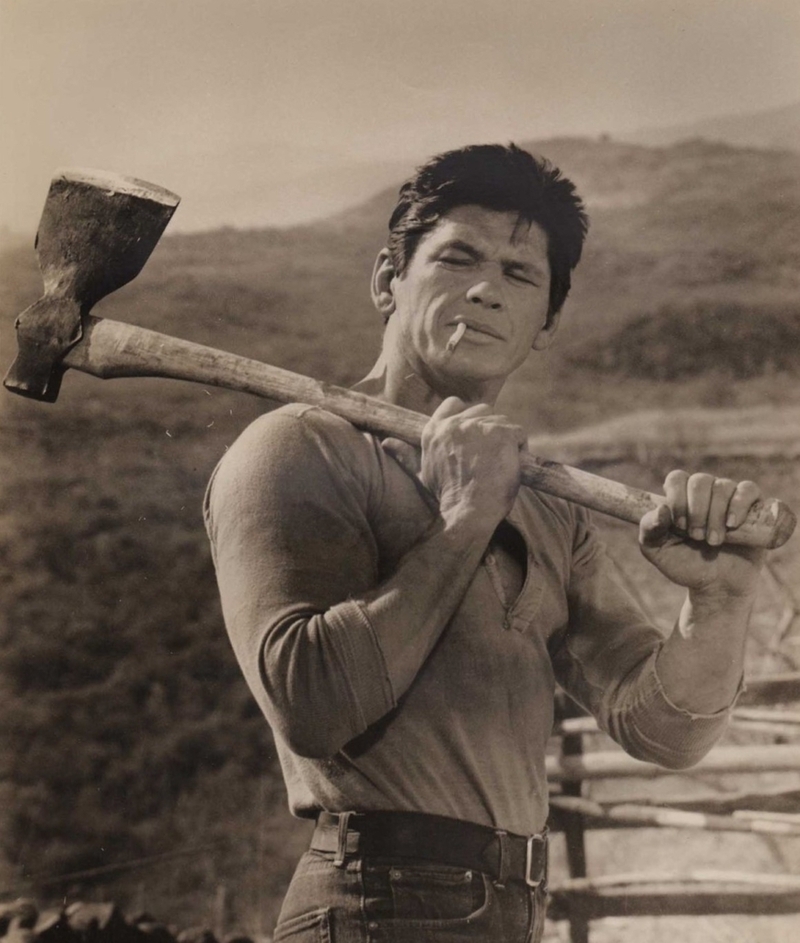
In Italy, he was affectionately known as "Il Brutto" (The Brute), while in France, he was revered as one of the "monstres sacrés" (sacred monsters), a term used to describe the country's most celebrated and iconic actors. For Bronson, this overseas admiration was more than just financial success, it was a validation of his talent and dedication to his craft.
An International Superstar
Charles Bronson soon became a force in European cinema. While working on the film “Villa Rides,” the producers of the French film, “Adieu l'ami” approached Brosnan. They were looking for an American co-star to appear alongside the legendary Alain Delon.
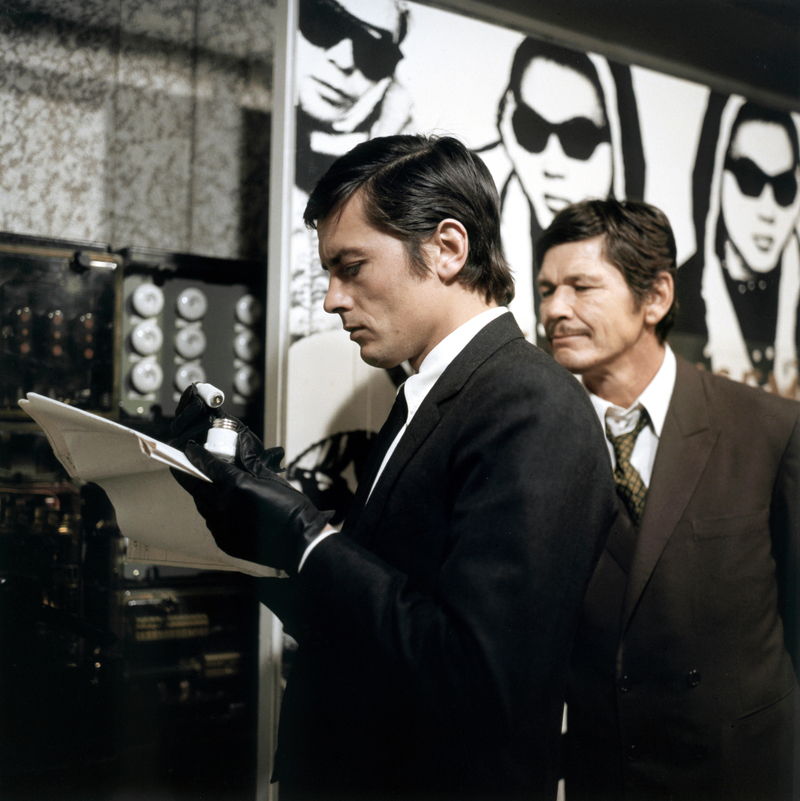
Bronson's agent, Paul Kohner, later recalled the producer's pitch to the actor, emphasizing that European audiences loved enigmatic actors rather than the stereotypical pretty-boy heroes that seemed to dominate American cinema. The film was a major hit in Europe, catapulting Bronson to an international superstar. Bronson's success in Europe and beyond proved beyond a doubt that he was a legend in the making.
He Stars in Another Classic Western
In 1968, Charles Bronson delivered a masterful performance in Sergio Leone's iconic Western film, “Once Upon a Time in the West.” He played the role of Harmonica, a harmonica-playing gunslinger with a complex backstory. Leone once called him "the greatest actor” he had ever worked with. “Once Upon a Time in the West” was a box office hit in France, where it became the top-grossing film of 1969.
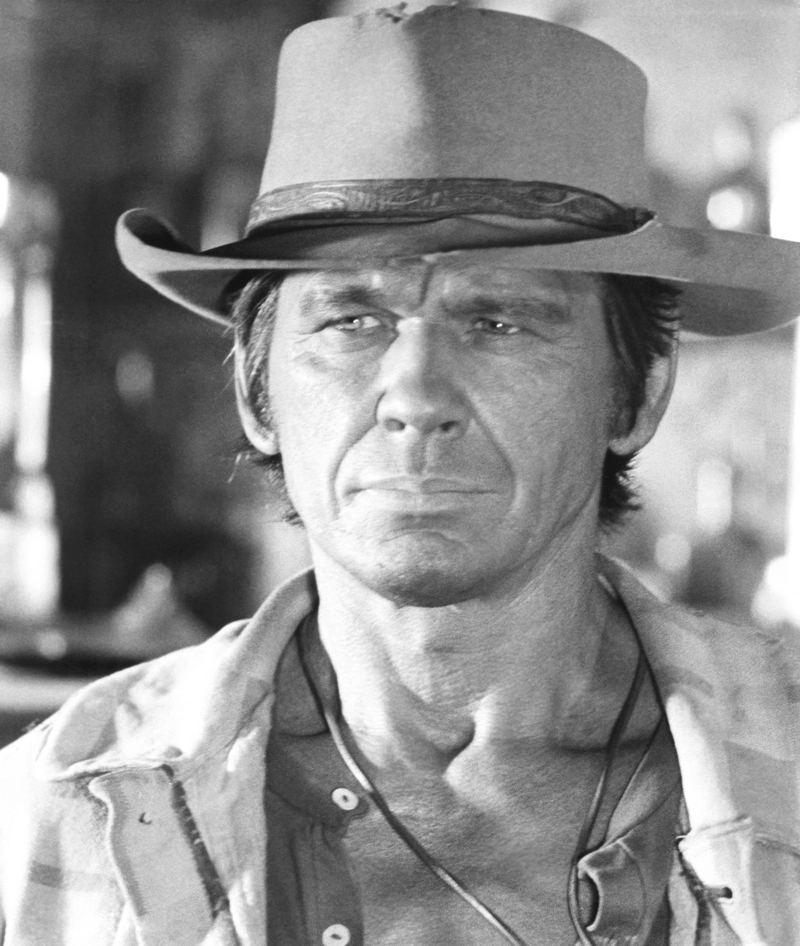
Bronson's portrayal of the enigmatic Harmonica won him widespread acclaim from both audiences and critics alike, and Ennio Morricone's haunting score became a cinema classic. Bronson’s collaboration with Leone helped to redefine the Western genre and served as an inspiration to filmmakers for years to come.
He Rejected a Role That Later Went to Clint Eastwood
Fun fact: Charles Bronson may have inadvertently helped launch Clint Eastwood’s Hollywood career. Director Sergio Leone had initially approached Charles Bronson to play the lead role in his 1964 film, “A Fistful of Dollars.” Bronson declined the offer, paving the way for an up-and-coming actor, Clint Eastwood, to seize the opportunity and catapult his career to stardom.
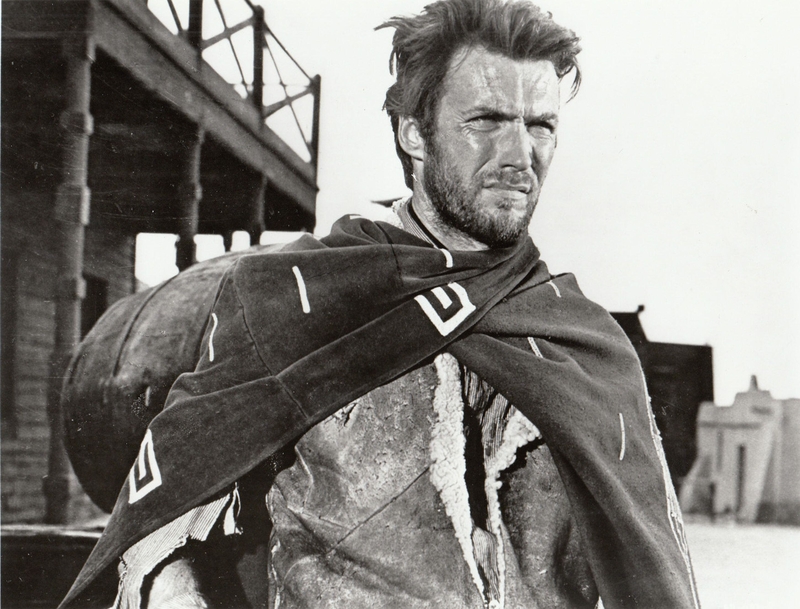
The film's groundbreaking success changed the course of cinema history and helped establish Eastwood as a Hollywood legend. Although Bronson missed out on the chance to star in the iconic movie, his decision played a pivotal role in shaping the future of film.
More Acclaim Overseas
Charles Bronson’s international success continued picking up pace as he took on numerous diverse roles. He starred in the French action film “Guns for San Sebastian” (1968), sharing the screen with Hollywood icon Anthony Quinn. In the UK, he took on the lead role in “Lola” (1969), playing a middle-aged man in a controversial relationship with a teenage girl.
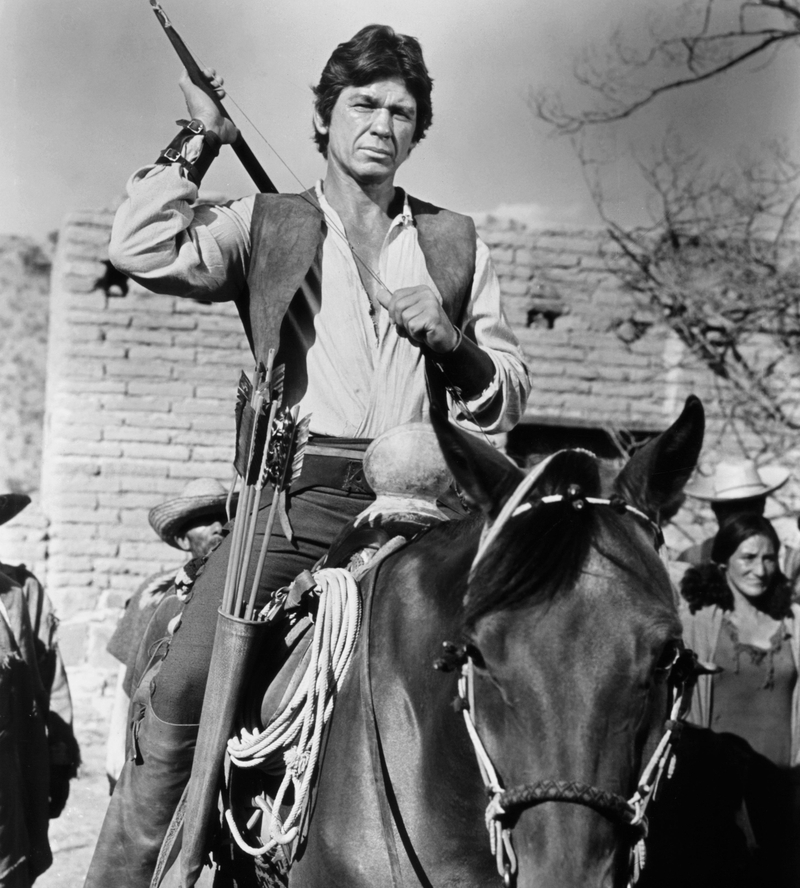
The actor also traveled to Turkey to make a buddy comedy with Tony Curtis titled “You Can't Win 'Em All” (1970). Despite the varied genres of these films, Bronson's talent shone all the way through, and his performances were well-received by audiences worldwide.
Critical Acclaim
Charles Bronson's success continued in the early 1970s with his lead role in the French thriller, "Rider on the Rain" (1970). The film follows a woman who kills her attempted assailant and then finds herself stalked by a mysterious American.
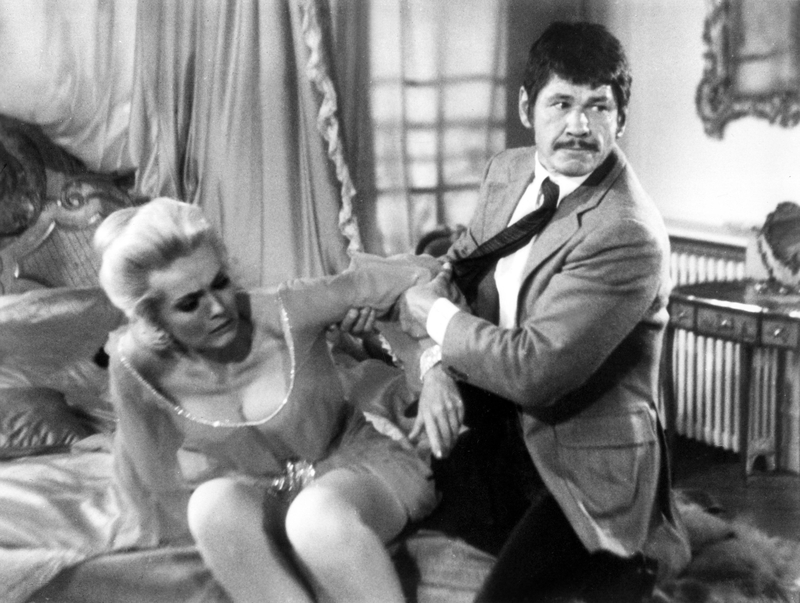
It was a smashing box office hit in France and went on to win the Hollywood Golden Globe Award for Best Foreign Language Film. Bronson shone in the film. Audiences and critics praised his portrayal of the mysterious American GI in the film. The film cemented his status as an international star and a leading man in the thriller genre.
Recognition, at Long Last
Bronson continued working in European films in the early '70s, starring in a series of French and Italian action films such as “Violent City” and “Cold Sweat,” both released in 1970 and directed by Terence Young. He also appeared in the French thriller “Someone Behind the Door” alongside Anthony Perkins, and in the French-Spanish-Italian “Western Red Sun,” also directed by Young.
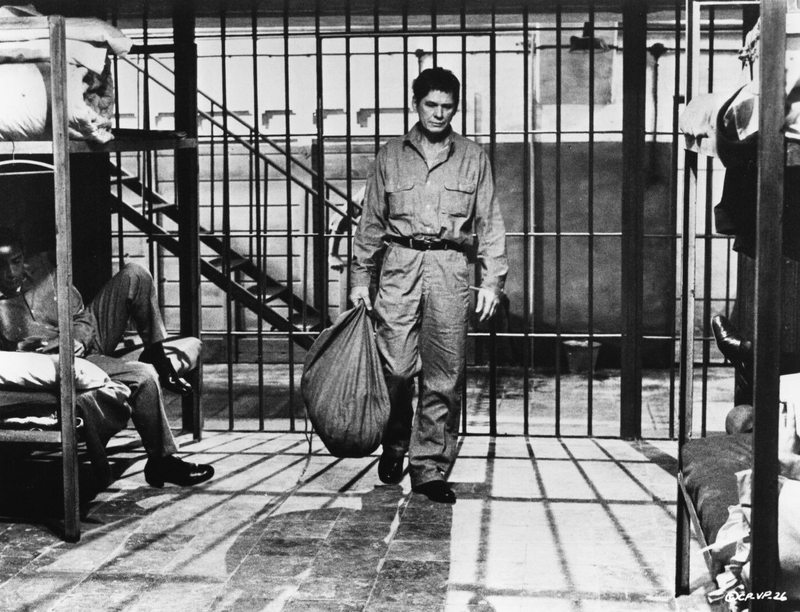
In 1972, Bronson played Joseph Valachi in “The Valachi Papers,” again directed by Young. His popularity overseas led to him receiving the special Golden Globe Henrietta Award for "World Film Favorite – Male" in 1972, alongside Sean Connery, of all people.
Bronson Comes Home as an Action Hero
After Bronson's success in Europe, he returned to the United States and began a series of successful action films for United Artists in 1972. One of his earliest films was "Chato's Land," marking the start of his collaboration with director Michael Winner. In "Chato's Land," Bronson plays a rancher who is pursued by a posse of white men after he kills a racist sheriff in self-defense.
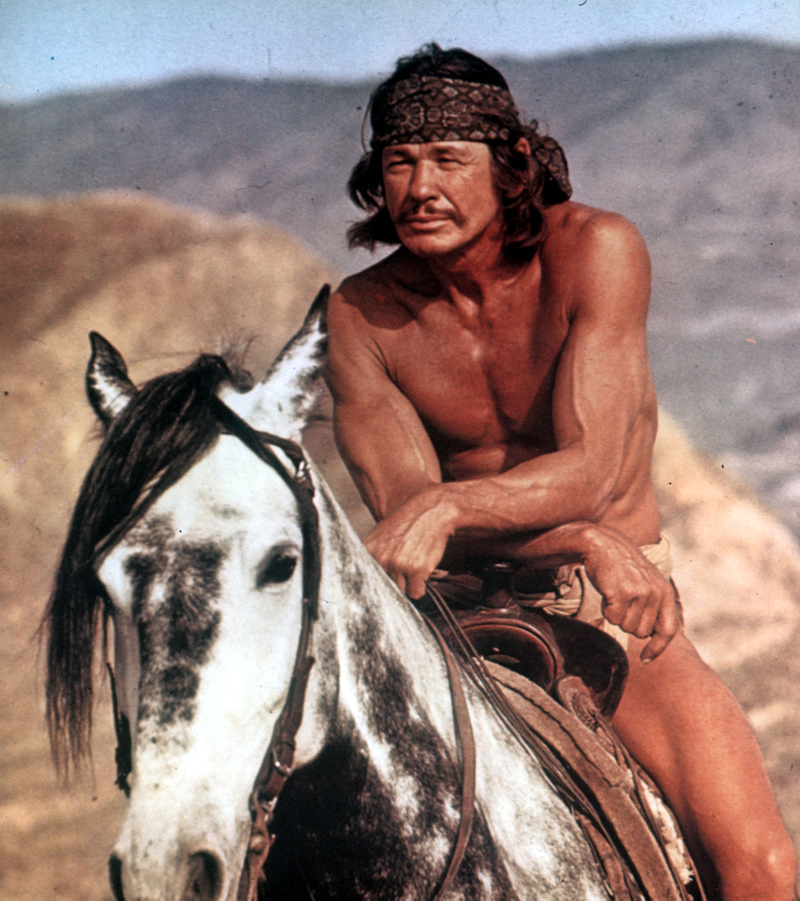
The film was a commercial success. Bronson and Winner worked together on several more films, including "The Mechanic" (1972), "Death Wish" (1974), and "The Stone Killer" (1973). However, in "Chato's Land," Bronson began to solidify his status as an action hero.
No Mincing Words
Charles Bronson was known for his blunt and often controversial remarks. An article in "Esquire" quoted him as saying he would kill anyone who harmed his family. When television host Johnny Carson questioned why the magazine would publish such a statement, Bronson minced no words - it was the truth. He had said those very words.
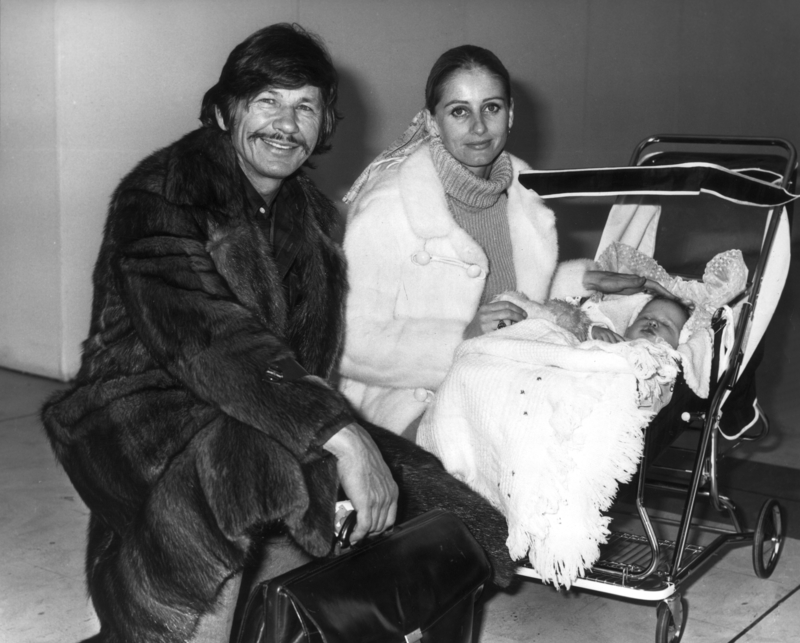
It was not the only time the actor had made headlines for his inflammatory comments. In 1972, the same year his daughter Zuleika was born, he declared that he would leave America immediately if what Women's Libbers wanted was to come about. Bronson believed women were not equal and never could be. His outdated and misogynistic remarks sparked outrage from feminists.
His Alleged Beef With a Famous Director
Celebrated Swedish film director Ingmar Bergman had expressed interest in collaborating with Charles Bronson on a project. However, Bronson turned down the offer, to the surprise of many. According to reports, Bronson declined the opportunity due to his personal opinions on the director's style. When asked about it during an interview, Bronson cryptically said that everything was “weakness” and “sickness” when Bergman was involved.
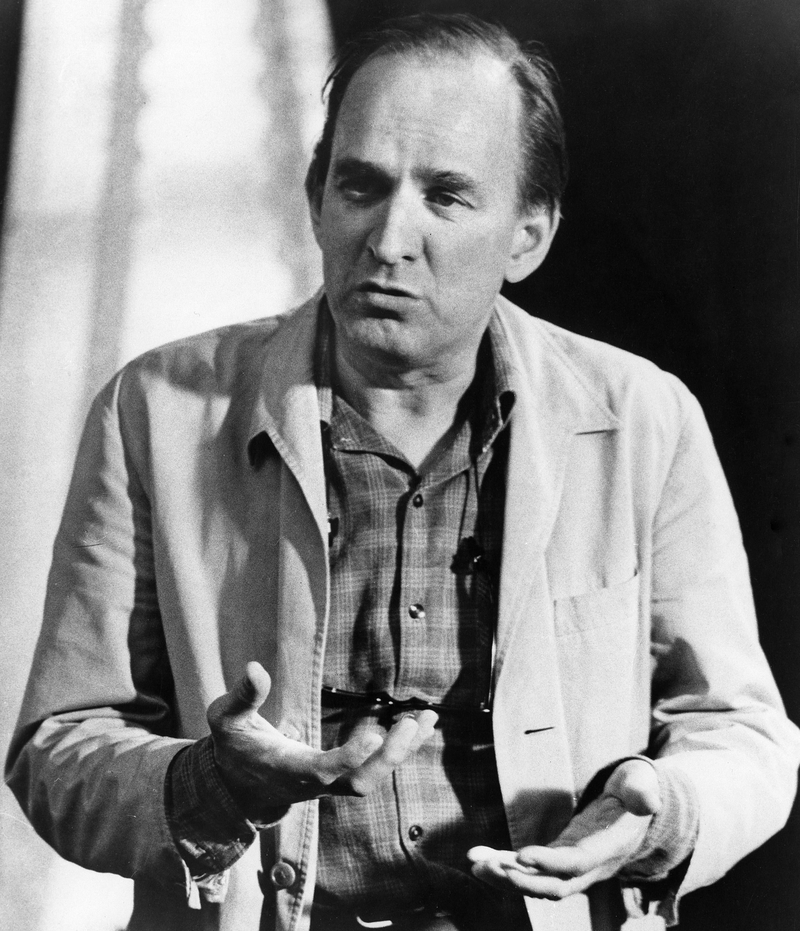
It remains unclear what specifically triggered his opinion on Bergman's work but it’s safe to assume that he was not a fan of the director's approach to filmmaking. Despite missing out on this potential collaboration, both Bronson and Bergman went on to make significant contributions to the film industry, albeit in different ways.
Minor Roles, Major Trepidation
Bronson reflected on his early career in a 1972 interview with Newsweek. Two years after studying drama and tying the knot with Harriet Tendler, Bronson began to land minor roles in films, typically playing punks, construction workers, and punchy fighters.
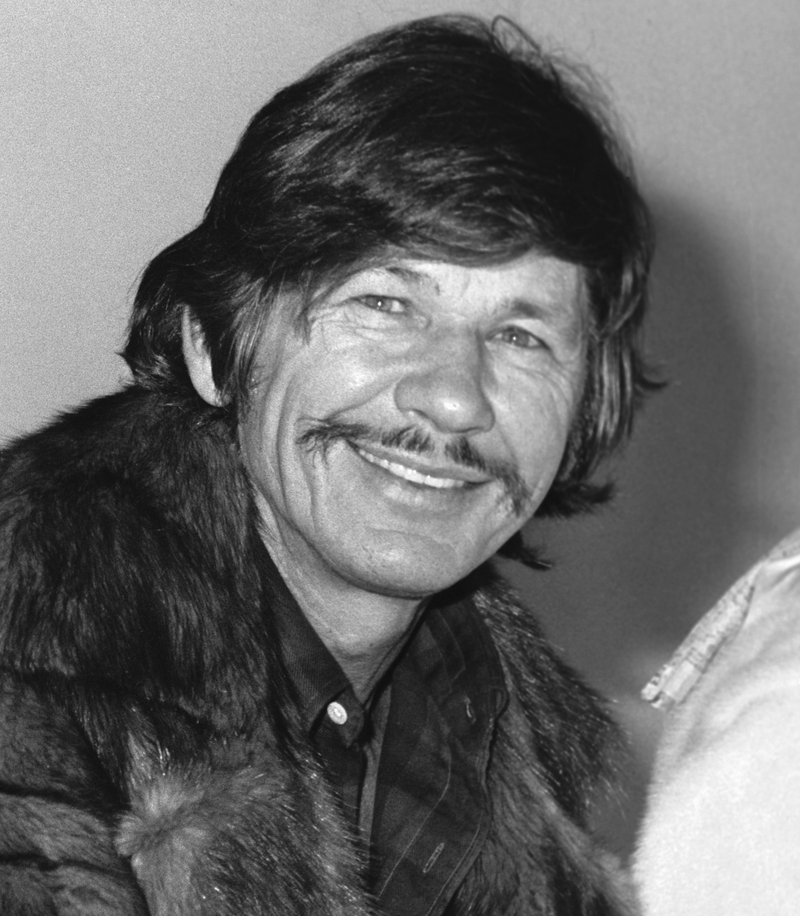
Bronson revealed that filmmakers stereotyped him for specific roles thanks to his distinctive speech patterns. He lamented that in an era when leading men like Cary Grant were the standard, he looked and sounded more like a "rock quarry" set to explode. He was disheartened and felt that his chances of ever playing a romantic lead in Hollywood were unlikely.
He Carried a Lot of Trauma
Charles Bronson's early struggles as an actor and childhood deprivation had a long-lasting impact on his character and personality. A 1973 newspaper profile painted a vivid picture of an exceedingly shy and introverted individual who found it difficult to watch his films. Despite his rise to fame, Bronson remained wary and resentful.
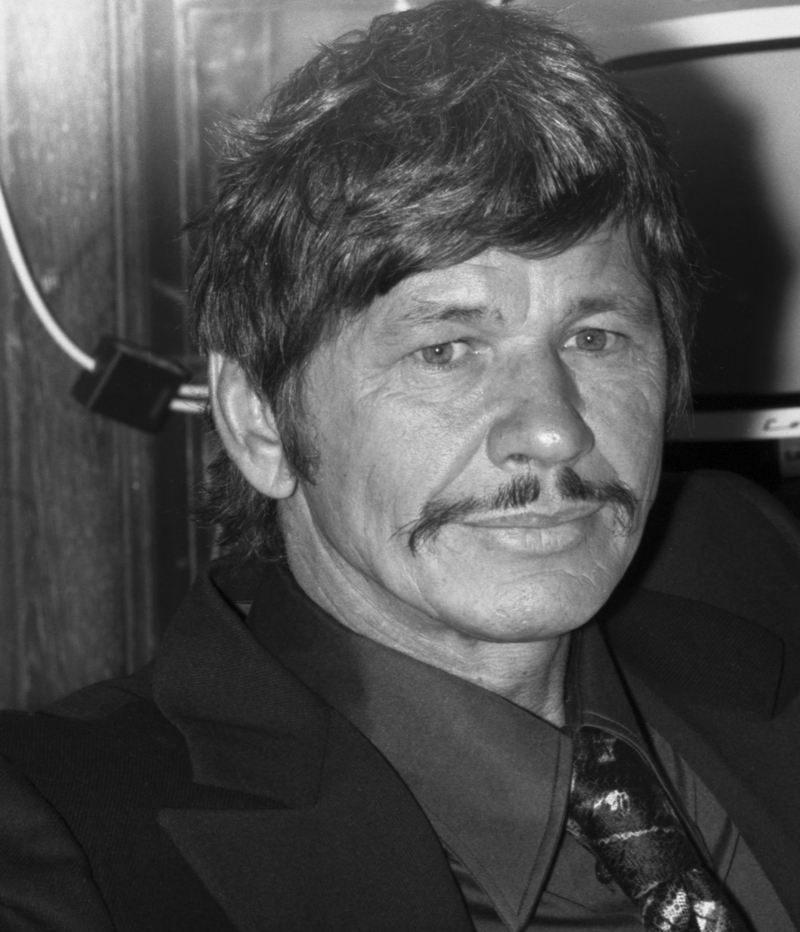
He held grudges and was suspicious of most people's intentions. The actor had a particular aversion to interviews and refused to divulge personal details, fiercely guarding his privacy. Some say his long-delayed recognition in the US left him bitter, and he even refused to work with a director who had previously snubbed him.
The Success of Death Wish
Bronson’s career peaked when he starred in his most iconic role in “Death Wish,”(1974) directed by Michael Winner. The actor was 52. The movie tells the story of Paul Kersey, a successful architect in New York who becomes a vigilante after someone murders his wife and assaults his daughter.
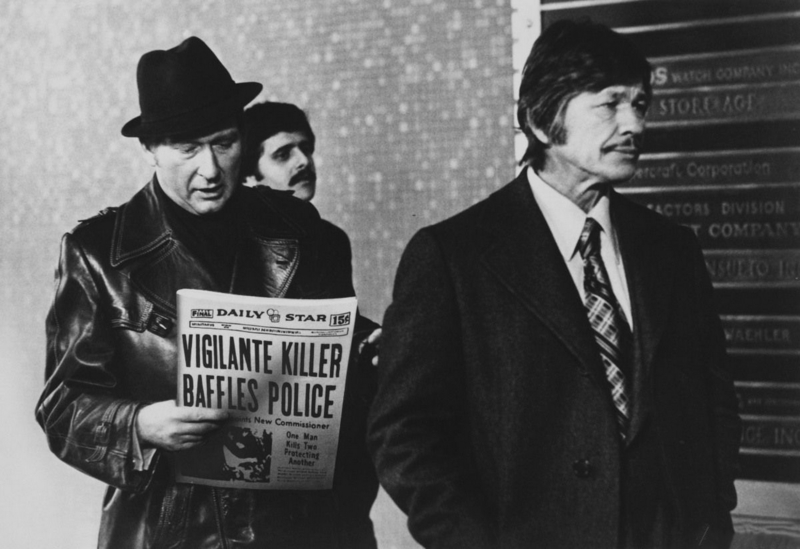
“Death Wish” became Bronson's most successful film, catapulting him to international stardom and spawning four sequels over the next two decades, all of which also starred Bronson. The film was a huge success, grossing over $22 million in the United States. Although the film was controversial for glorifying vigilantism, it firmly established Bronson’s well-earned status as a leading man in Hollywood.
An Eye for an Eye Makes the World Blind
Charles Bronson's 1974 film "Death Wish" was a commercial success and made Bronson a household name, but it also drew significant controversy due to its apparent endorsement of vigilantism. His own agent advised him not to take the role. Bronson thought differently.
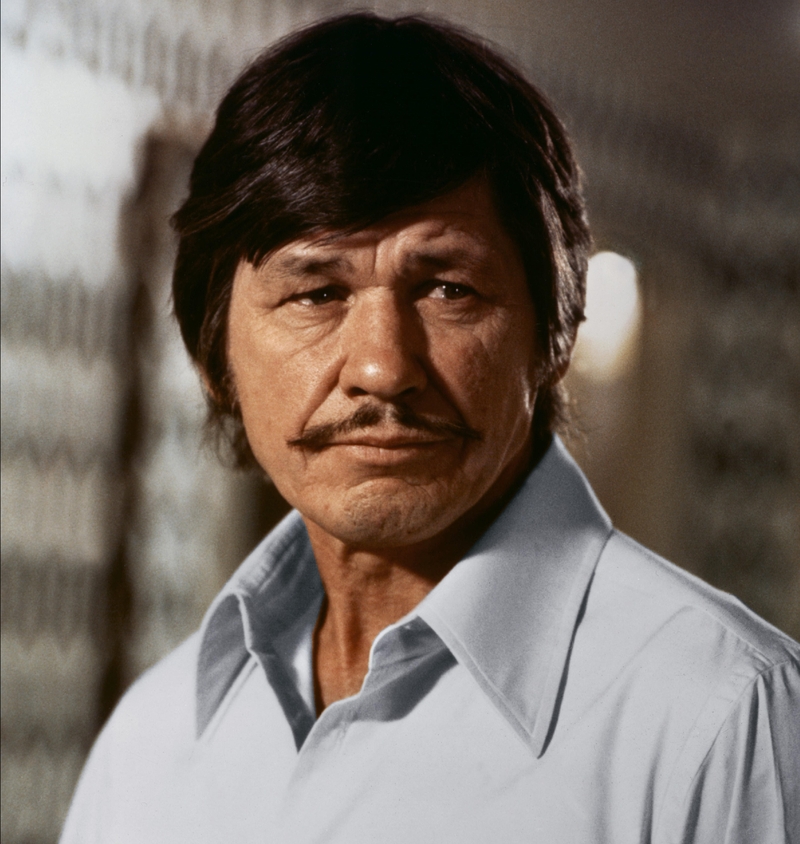
He believed that the film did not glorify revenge, instead highlighting that an eye for an eye makes the world blind with rage. It was a belief he held personally. In interviews, Bronson often said that viewers and critics misunderstood the film. The character, Paul Kersey, was far from a hero but a tragic figure consumed by his desire for revenge.
He Was Terrified of Fire
Some phobias may seem irrational to others, but they can be real and debilitating to those who suffer from them. For Charles Bronson, it was a lifelong fear of fire. His phobia often took over and impacted many decisions in his life - from everyday tasks to important milestones.

One notable example occurred during the filming of “Death Wish” in 1974 when he arranged for himself and his family to stay in hotel rooms no higher than the second floor. His fear was so intense that he believed if there was a fire, the family might not be able to escape if they were above the second floor. Bronson's phobia profoundly impacted his life and decision-making.
Bronson’s Underlying Violence
In 1974, film critic Roger Ebert commented on Bronson's seeming lack of interest in discussing his work. Ebert observed that Bronson rarely volunteered information or elaborated on his opinions. The man had no theories about his films. Ebert also recounted an incident where Bronson had threatened to "get" Time magazine critic Jay Cocks.
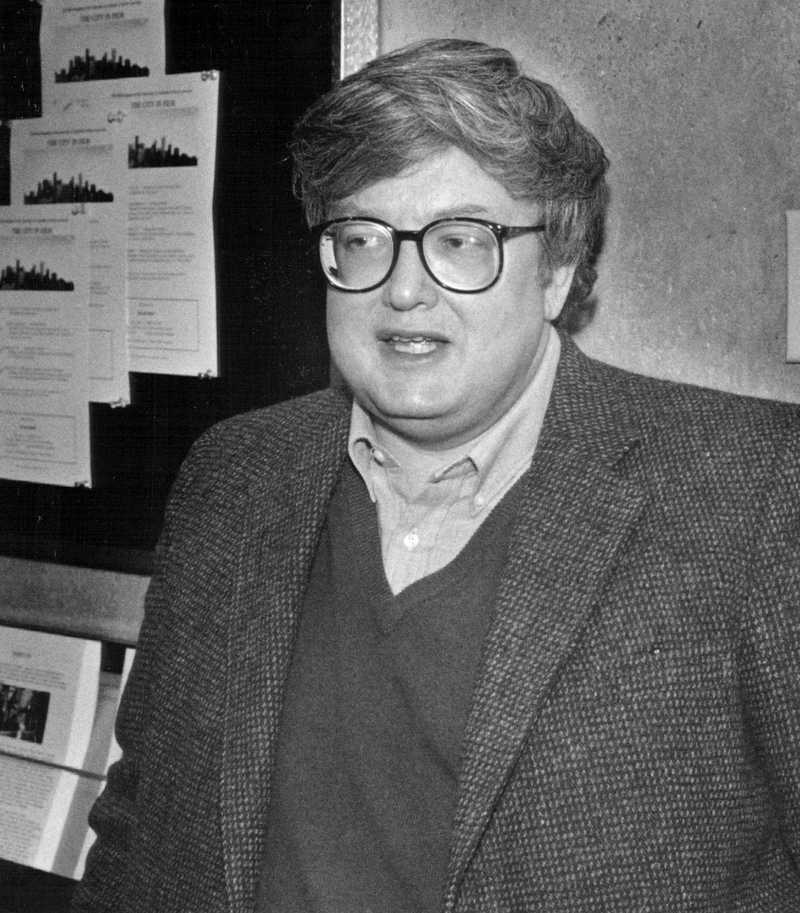
He had taken the critic's negative review as a personal affront. Not unlike his on-screen persona, Ebert noted that Bronson also carried a violent air and presence in his personal life. Although these theories were subjective, people who knew Bronson often spoke about his routine temper outbursts.
He Had a Reputation
Director Ingmar Bergman famously described Bronson as a man with violence etched on his face - a statement that proved fitting given Bronson's past actions. During his youth, he would threaten strangers with a bottle before robbing them, and as a soldier, he once broke a sergeant's arm during a brawl.

Even as an actor, Bronson was not immune to violent outbursts - such as assaulting a director after a disagreement over a scene! Given his reputation, it's not surprising that Michael Gordon Peterson, known as "Britain's most notorious prison hard man," chose to call himself Charles Bronson when he changed his name in 1987.
He Was No Stranger to Controversy
While filming the 1974 movie "Mr. Majestyk," Charles Bronson got into hot water with the film crew after making a disparaging comment. On the first day of filming, a delay caused by a late transport truck put Bronson in a foul mood. The frustrated actor blew up on set, exclaiming that the company needed a European first assistant and European crew.

News of Bronson's derogatory comment quickly spread throughout the set, and the film's director, Richard Fleischer, had to intervene to prevent the entire crew from walking off the job. The film crew stayed, but no amount of placating could calm the underlying tension on set going forward.
More Films in the 1970s
In 1975, Bronson starred in several notable films that showcased his versatility as an actor. He appeared in two movies directed by Tom Gries: “Breakout” and “Breakheart Pass,” the latter being a Western adapted from a novel by Alistair MacLean. However, “Breakheart Pass” failed to perform well at the box office.
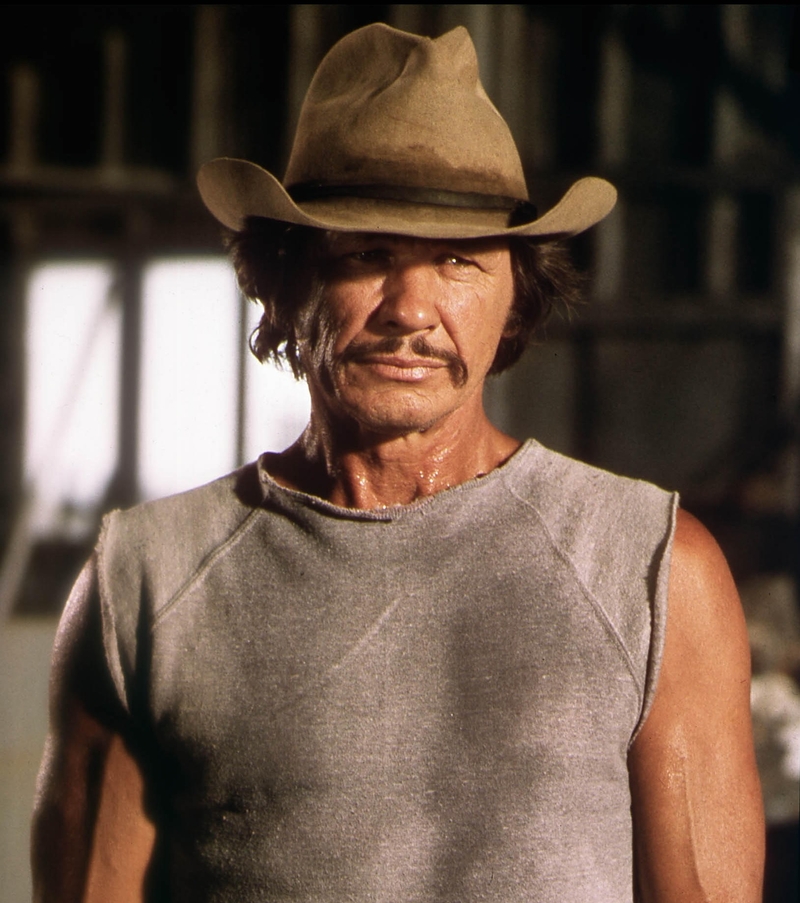
Bronson also starred in “Hard Times,” the directorial debut of Walter Hill, where he plays a street fighter during the Great Depression who makes his living in illegal bare-knuckled matches in Louisiana. His performance earned him critical acclaim. That same year, Bronson reached the pinnacle of his box office drawing power, ranking 4th behind only Robert Redford, Barbra Streisand, and Al Pacino.
He Didn’t Think Highly of Journalists
Bronson's relationship with the press was fraught with tension, and he was not a fan of interviews. So, when journalist Stephen Whitney published a biography in 1975 titled “Charles Bronson Superstar: The Real Man Behind the Rock-Hard Macho Image,” the actor was furious. Whitney wrote incredibly unflattering things about Bronson's wife, Jill.
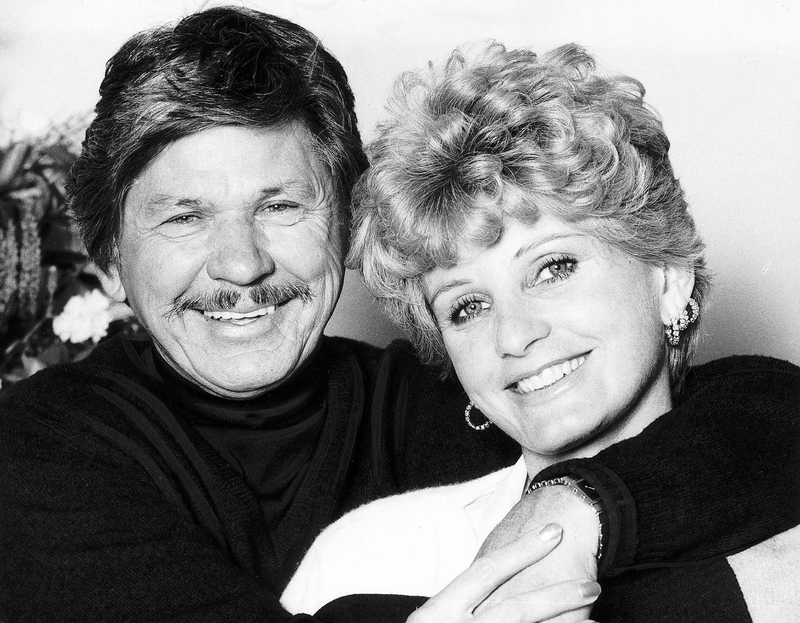
Bronson was so upset that he attempted to stop the book's publication and threatened to sue. The actor even tried to buy up every copy of the book after its first printing. According to Harriett Tendler, Charles Bronson's wife, he could not prevent the book's publication, causing immense distress for the couple.
The Success of Hard Times
One of Charles Bronson's most notable achievements in the film industry was his role in the 1975 movie "Hard Times," which was both a critical and commercial success. Despite being 53 years old at the time, Bronson was in top physical shape and performed most of his stunts as a fighter in the film.
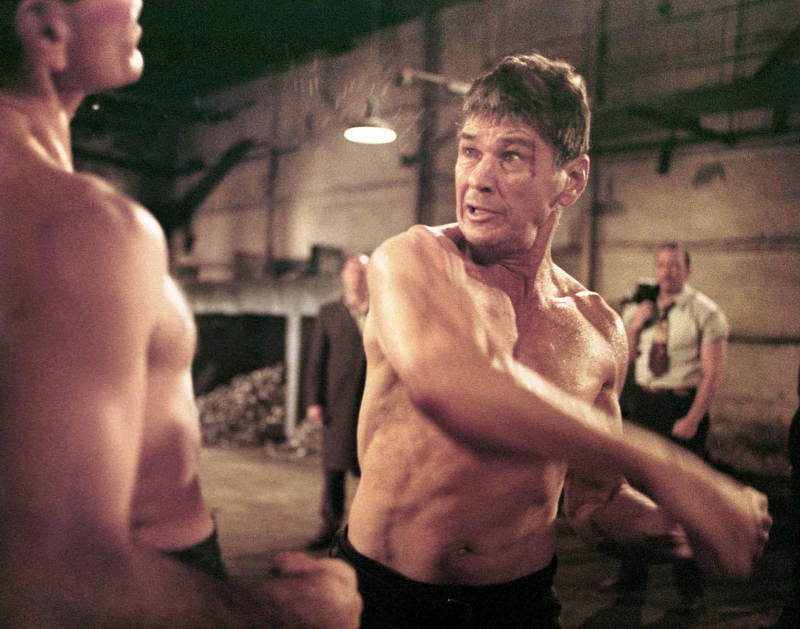
The director, Walter Hill, revealed that Bronson was paid almost $1 million for his role, a substantial amount considering the movie's budget was $2-4 million. Nevertheless, the film grossed nearly $30 million at the box office, making it a highly profitable investment. Such was its success that Hill reported still receiving earnings from it as recently as 2009.
Rivalry On Set
Charles Bronson's 1975 film "Hard Times" was undoubtedly a significant achievement in his film career, but the production was not without its share of troubles. Despite the film's overwhelming success, rumors circulated that Bronson's co-star James Coburn was deeply unhappy with his secondary role.
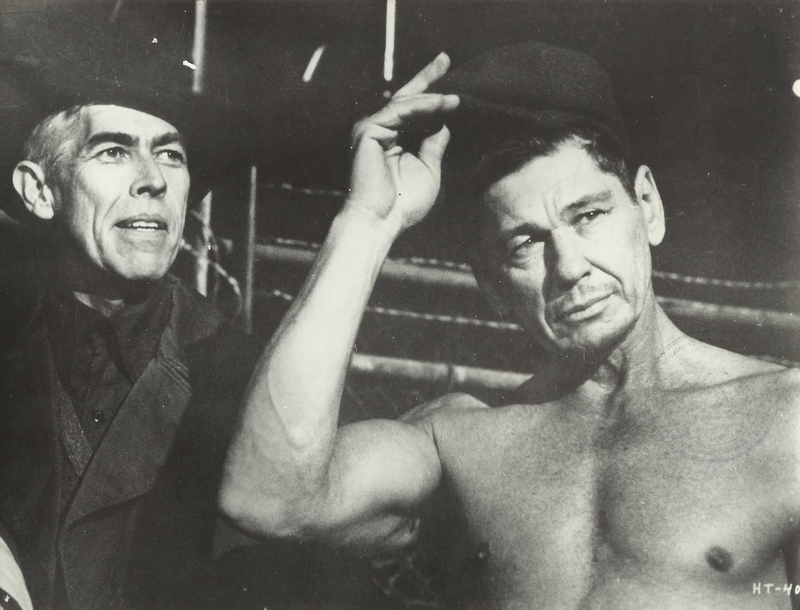
He allegedly took offense to playing second fiddle to Bronson, who had a reputation as a B-movie actor. The tension on the set was palpable, and the two actors reportedly didn't get along. Regardless, Bronson's star power and unwavering dedication to his craft shone through. The film's impact has endured, and it remains a notable achievement in Bronson's filmography.
Phobias and Misunderstandings
When director Walter Hill made a critical remark about Jill Ireland's acting while filming “Hard Times,” Bronson was reportedly furious. Hill's comment caused a rift between the two, and Bronson refused to shake his hand and never worked with him again. However, some film historians believe there may have been a more peculiar reason for his animosity towards Hill.
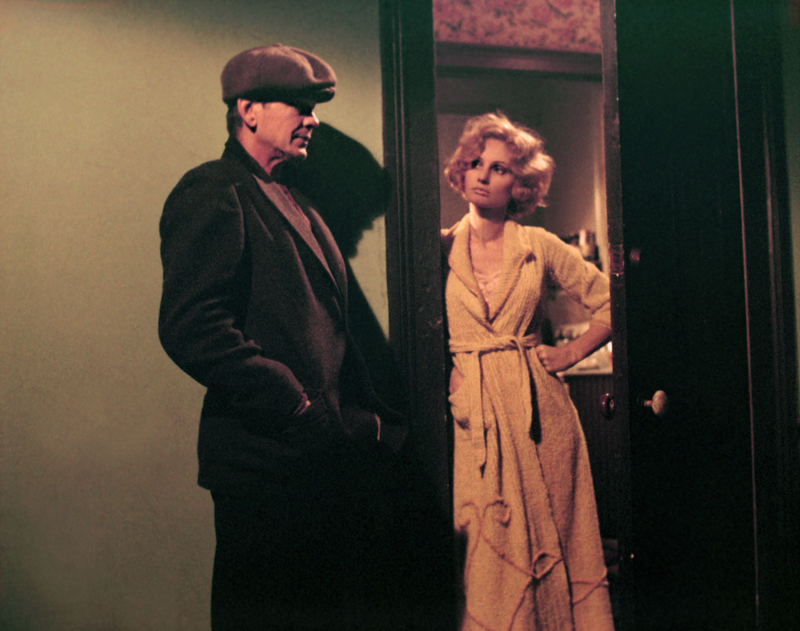
Throughout his life, Charles Bronson was known for avoiding handshakes. While some people may have viewed this behavior as arrogant, the reality was that Bronson had a germ phobia. Some people have even speculated that Bronson may have had undiagnosed obsessive-compulsive disorder (OCD), but it remains only a theory.
Other Projects
In 1976, Bronson starred in a Western comedy called "From Noon till Three" for UA, but unfortunately, it did not receive good reviews. At the same time, he made "St. Ives" (1976) at Warner Bros., his first film with director J. Lee Thompson. Bronson also played the character of Dan Shomron in "Raid on Entebbe" (1977), a historic TV film about the daring rescue of hostages at Entebbe airport in Uganda.
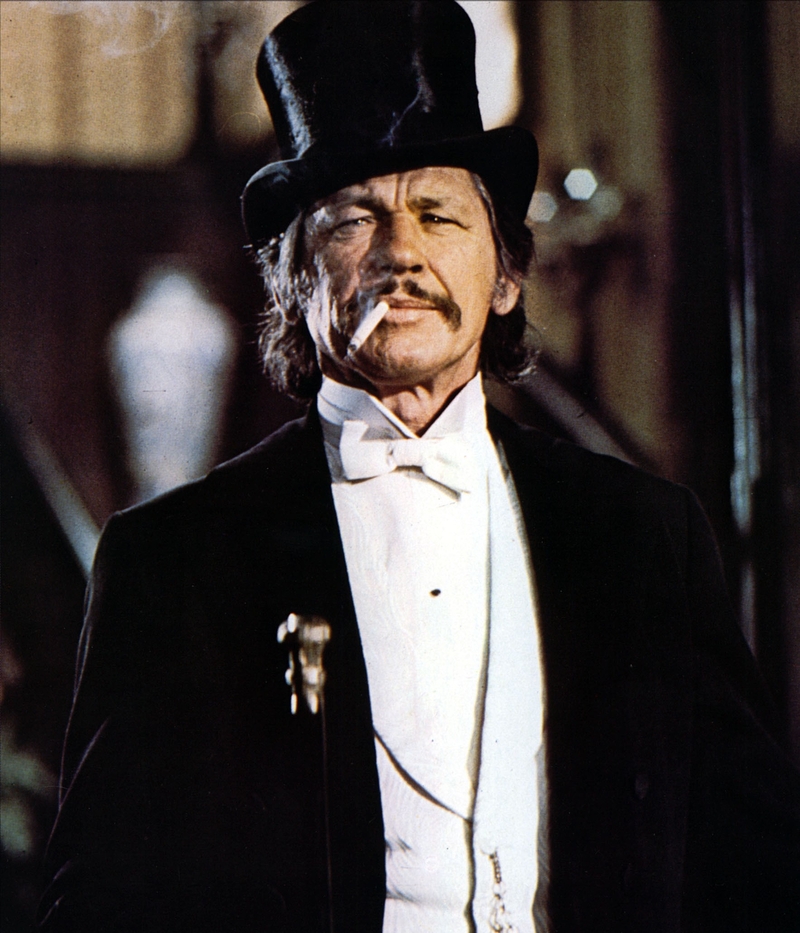
Bronson then reunited with Thompson in "The White Buffalo" (1977), a Western produced by Dino de Laurentiis for UA. Also, UA released "Telefon" (1977), directed by Don Siegel, in which Bronson plays a KGB agent who comes to the United States to stop sleeper agents.
Generational Warring
In addition to his strong opinions about the press, Charles Bronson was known for his criticism of younger Hollywood stars. He believed his extensive life experiences gave him an edge in portraying complex characters on screen. In a 1977 interview with "The Washington Post," he stated that he could play any character better because of the things he went through.
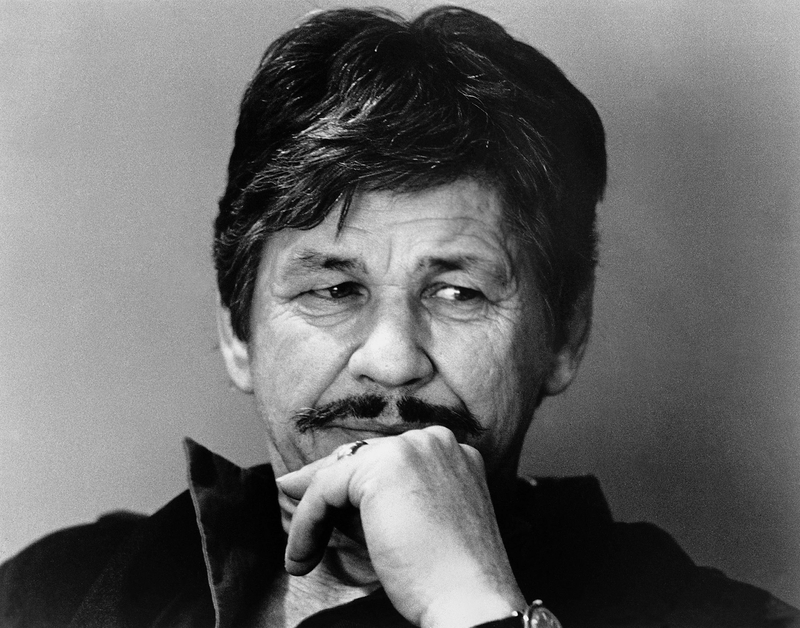
Bronson had little regard for the "Method Guys" of Hollywood, including Robert De Niro, Sylvester Stallone, and Al Pacino. He claimed they were all of the same ilk and even looked alike, to boot! Despite his successful career, Bronson did not place much value on award nominations. He dismissed Academy Award nominations as "a lot of bunk."
Other Roles He Missed Out On
Believe it or not, the legendary Charles Bronson once auditioned for the iconic role of Superman in the 1978 film adaptation. However, producer Ilya Salkind had other ideas and decided to pass on Bronson, citing that he was too “earthy" for the role. Instead, Salkind went on to cast Christopher Reeve in the part, and the rest is cinematic history.

Similarly, in 1981, there was some buzz surrounding Charles Bronson for the role of Snake Plissken in the action-packed film "Escape from New York." However, the director, John Carpenter, ultimately decided to pass on this person because he felt they looked too tough and were a bit too old for the character. Instead, he opted to cast the talented Kurt Russell in the role.
A Versatile Actor
Charles Bronson landed roles in not one, but two ITC films – “Love and Bullets” (1979) and “Borderline” (1980) - showcasing his versatility and range as an actor. But that's not all; he was reunited with his collaborator, director J. Lee Thompson, on the set of “Caboblanco” (1980), bringing their creative partnership full circle.
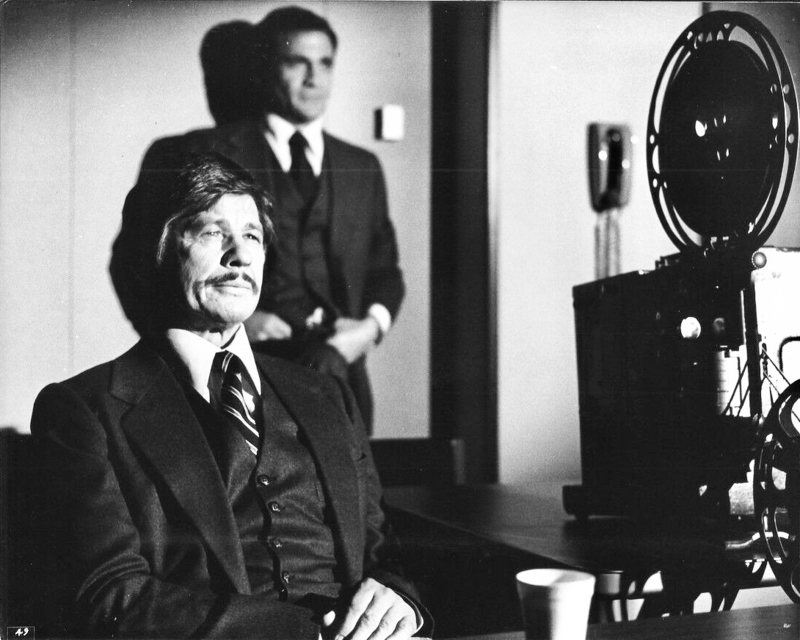
Bronson's talent for bringing characters to life shone once again in “Death Hunt” (1981), where he played the memorable role of Albert Johnson opposite the legendary Lee Marvin. Bronson's status as a beloved and talented actor continued to grow. His charisma left a lasting impression on audiences everywhere.
Collaboration With Cannon Films
Charles Bronson was a force to be reckoned with on the silver screen, earning top-dollar salaries from smaller production companies between 1976 and 1994. Among these, Cannon Films stands out as the most noteworthy, with whom Bronson collaborated on some of his final films.
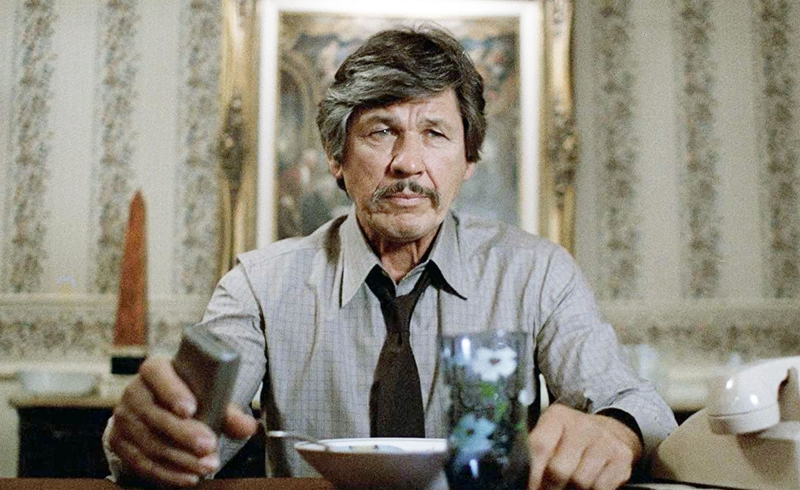
For “Death Wish II” (1982), directed by Michael Winner, Bronson was paid a mind-boggling $1.5 million by Cannon to play the role of Paul Kersey, an architect who moves to Los Angeles with his daughter, only to witness her brutal murder at the hands of a gang. The tragic event reignites Kersey's vigilante tendencies, leading him to take justice into his own hands once again. The film was a massive success at the box office.
10 to Midnight
Following the massive success of “Death Wish II,” Cannon Films wasted no time in hiring Charles Bronson once again, this time for “10 to Midnight” (1983). Bronson portrayed a cop in pursuit of a serial killer in the film. This project also marked his fourth collaboration with director J. Lee Thompson, a testament to their friendship and successful creative partnership over the years.
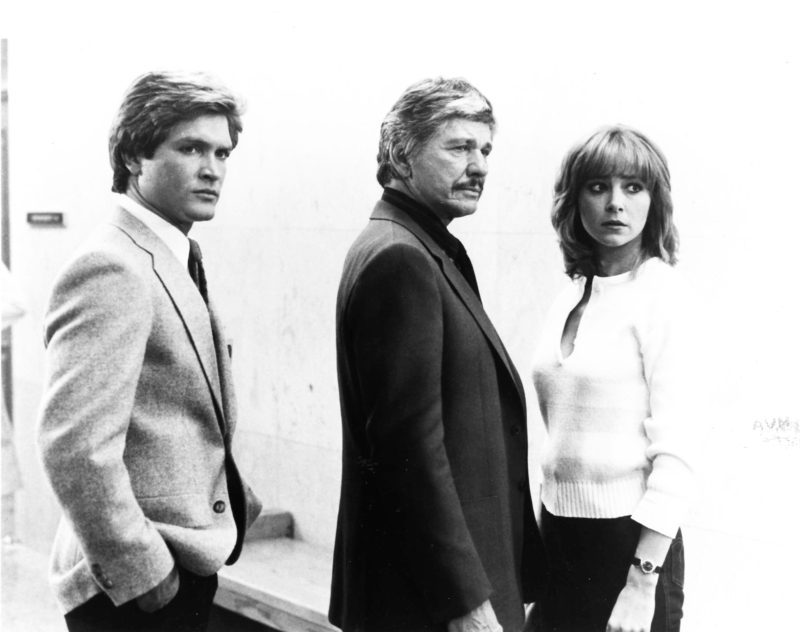
Alongside Bronson, the film featured a talented supporting cast including Lisa Eilbacher, Gene Davis, Geoffrey Lewis, Andrew Stevens, and Wilford Brimley. With such a talented ensemble, 10 to Midnight was a thrilling and engaging watch for audiences everywhere.
Bronson in "The Evil That Men Do"
In 1984, ITC Entertainment brought together the creative talents of director J. Lee Thompson and Charles Bronson for their next film, “The Evil That Men Do.” Based on the novel of the same name by R. Lance Hill, the film co-starred Theresa Saldana and Joseph Maher.
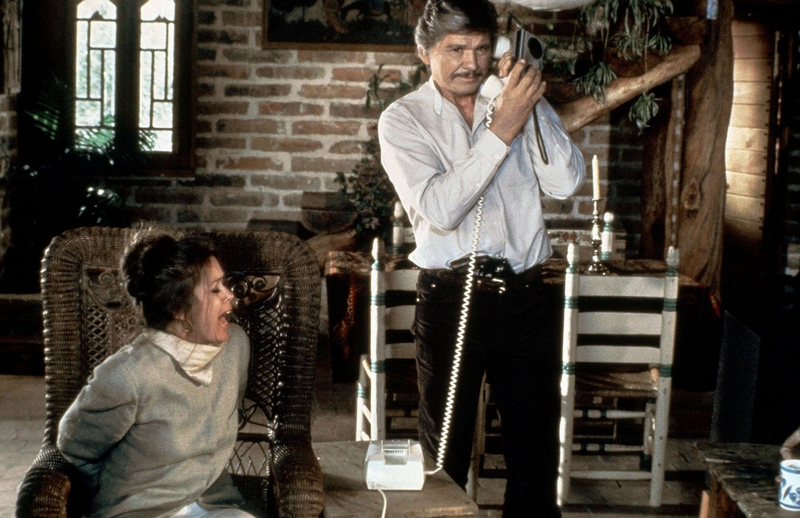
Bronson played the role of a retired assassin who returns to avenge the death of his journalist friend. The screenplay, adapted by David Lee Henry and John Crowther, offered audiences an action-packed and thrilling experience. “The Evil That Men Do” remains a classic, showcasing Bronson's unparalleled ability to breathe life and depth into complex characters.
Last Film With Michael Winner
Cannon Films brought together Charles Bronson and director Michael Winner once again for “Death Wish III” (1985), the final film in the series to be directed by Winner. In this action-packed sequel, Bronson's character, Paul Kersey, returns to the streets of New York to take on dangerous street gangs with the tacit support of an NYPD lieutenant played by Ed Lauter.
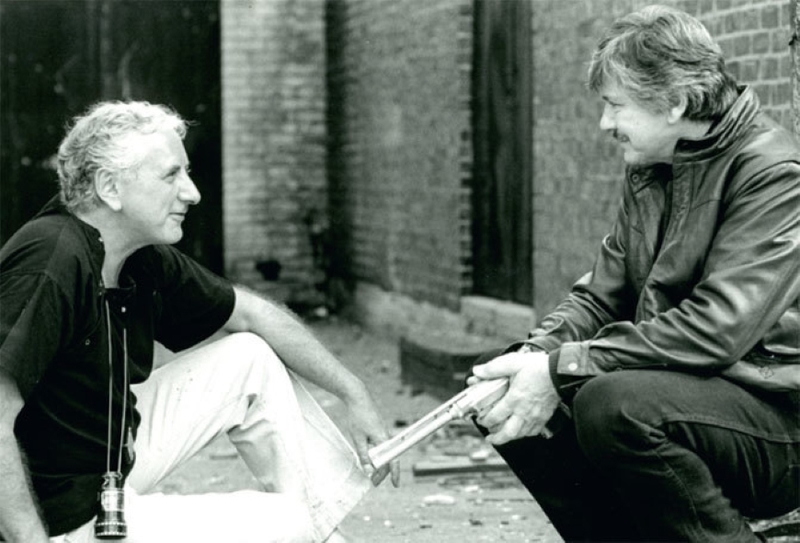
Although it marked the end of Winner's involvement in the series, “Death Wish III” was an excellent way to wrap the long-standing collaboration. Audiences loved the film and adored Bronson – a Hollywood icon and an inspiration to fans worldwide.
A Friendship Falls Apart
Bronson was a highly respected actor known for his aversion to discussing the underlying themes in his films during interviews. Additionally, he was renowned for his steadfast loyalty to his regular collaborators. However, everything changed with the release of “Death Wish 3.”
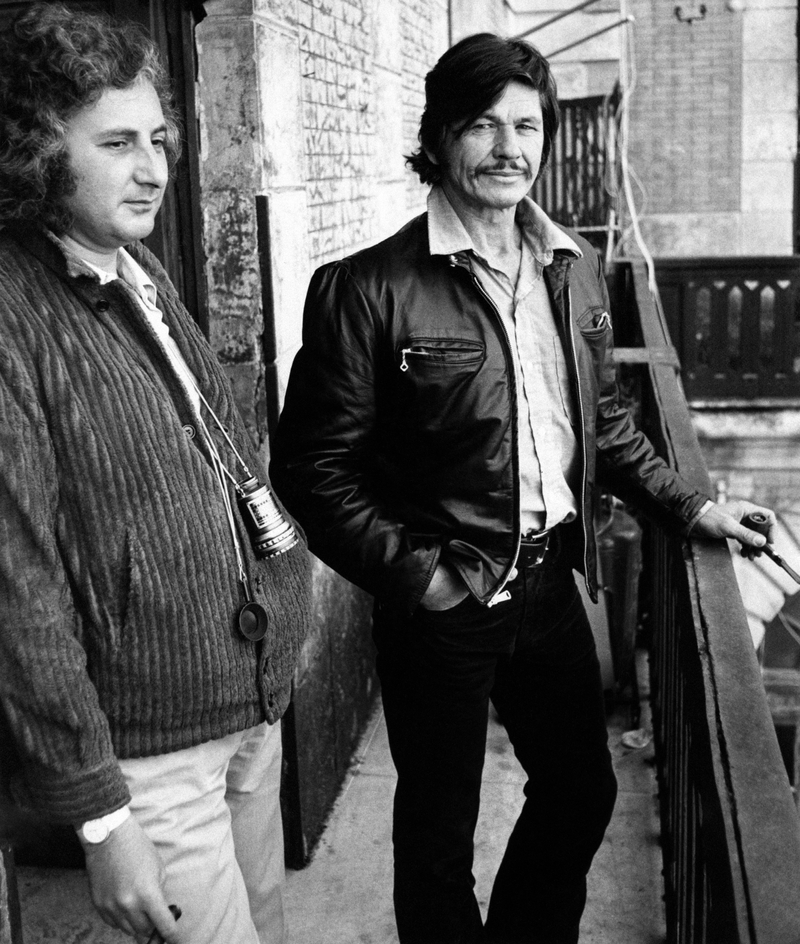
Upon viewing the final product, Bronson was stunned at the excessive gore shots that Director Michael Winner had filmed without his knowledge or consent. The lack of transparency caused a rift in their usual working relationship, leaving Bronson disheartened. The partnership between the two eventually ended. Nonetheless, Bronson remained committed to his craft, delivering exceptional performances in numerous other films.
Films in the 80s
Bronson's career continued to soar in the mid-1980s, starring in a series of action-packed films. In “Murphy's Law” (1986), directed by J. Lee Thompson, Bronson played the role of Jack Murphy, a hardened LAPD detective who drowns his sorrows in alcohol. When he is framed for a crime he didn't commit, his world is turned upside down.

Bronson's talents weren't limited to the big screen. He also appeared in the TV movie “Act of Vengeance” (1986), directed by John Mackenzie. In this gripping drama, Bronson played the real-life union leader Joseph Yablonski. The movie premiered on April 21, 1986, and showcased Bronson's exceptional acting abilities in a powerful and compelling performance.
Action Films in the 80s
During the late 1980s, Charles Bronson starred in a series of explosive action films with unique roles for Cannon Films. Among them was “Assassination: (1987), directed by Peter Hunt. In “Assassination,” Bronson played a Secret Service agent tasked with protecting the First Lady from an assassination plot. Bronson continued his partnership with J. Lee Thompson in three more films, including “Death Wish 4: The Crackdown” (1988), “Messenger of Death” (1989), and “Kinjite: Forbidden Subjects” (1989).
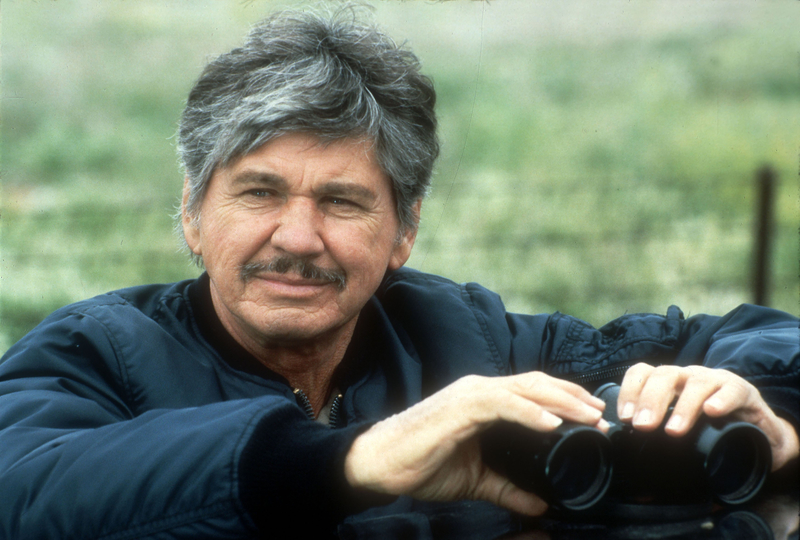
“Death Wish IV: The Crackdown” continues the story of architect-turned-vigilante Paul Kersey. “Messenger of Death” saw Bronson portray a newspaper reporter investigating a Mormon family's gruesome murder. In “Kinjite: Forbidden Subjects,” Bronson played a detective investigating a tough case in LA.
He Copes With Loss
Jill Ireland passed away on May 18, 1990, at 54, after a prolonged struggle with breast cancer. Bronson was distraught and dealt with the loss as best as he could. She played memorable roles in her lifetime, such as the ones in "The Big Gundown" and "Breakheart Pass." She was also known for her work in television, including the series "Shane."
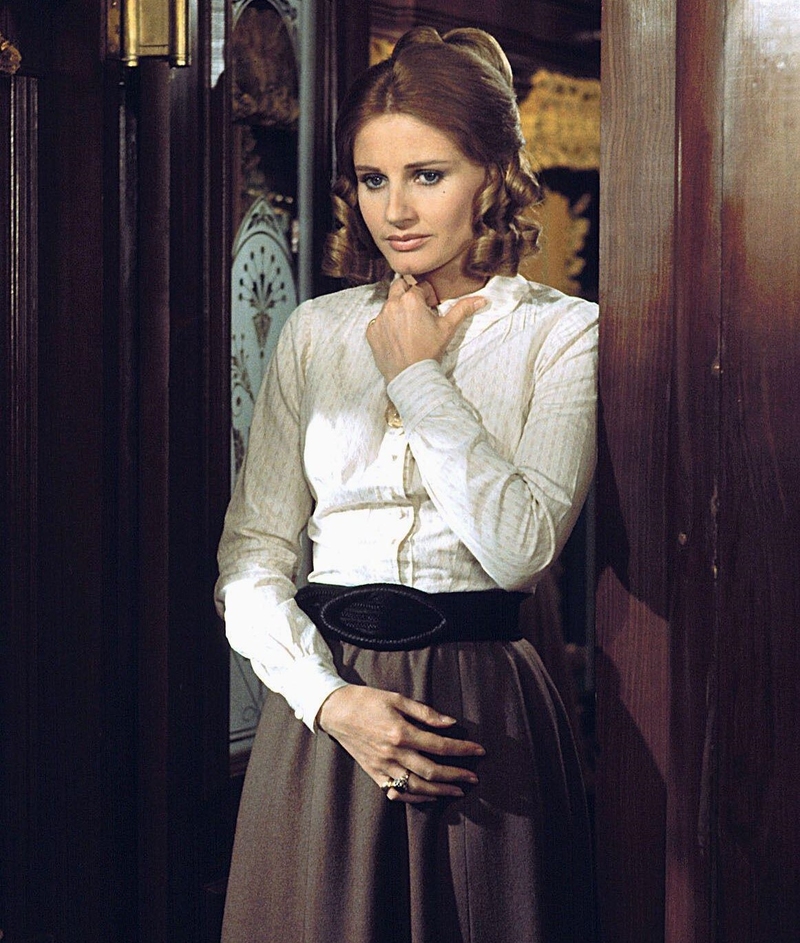
In December 1998, Bronson tied the knot for the third time with Kim Weeks, an actor and former employee of Dove Audio. Weeks previously worked with Ireland in producing her audiobooks. The couple was together for five years until Bronson's passing in 2003.
He Wasn’t Happy About the Jill Ireland Story
In 1991, a TV movie called "Reason for Living: The Jill Ireland Story" came out as a tribute to Ireland's life. The idea of a film depicting a late spouse’s courageous battle with cancer would have touched most people's hearts. For Bronson, it was quite the opposite. His dissatisfaction with the adaptation was so intense that he threatened to take legal action against the filmmakers.

Bronson made it clear that he wanted nothing to do with it. Despite Bronson's objections, the filmmakers went ahead with the production, and the film was eventually released to mixed reviews. Bronson remained firm in his belief that the portrayal of his wife's battle with cancer was inappropriate.
Some Of Bronson’s Final Work
In his final years, Charles Bronson graced both the big and small screens. He made his appearance in Sean Penn's directorial debut, “The Indian Runner” in 1991, which was followed by two TV movies: “Yes, Virginia, there is a Santa Claus” (1991) and “The Sea Wolf” (1993).
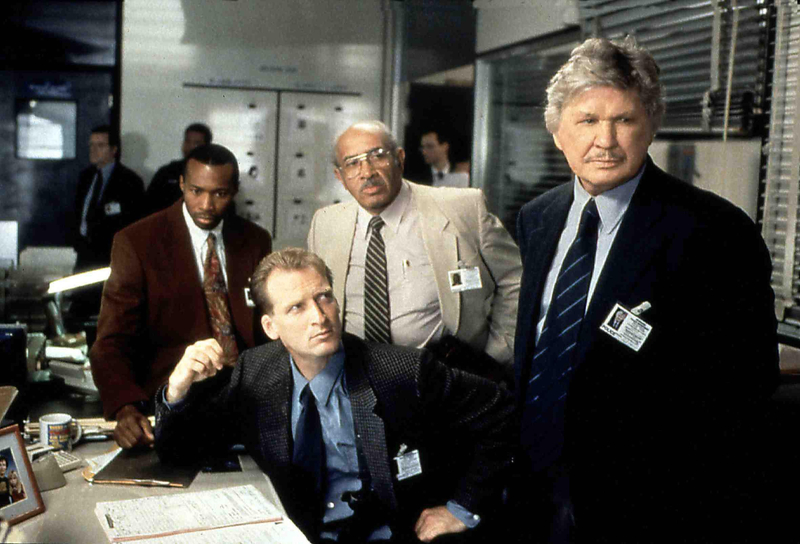
Bronson's last leading role in a movie released in theaters was in 1994's “Death Wish V: The Face of Death.” However, he continued to work in the industry and appeared in a series of made-for-TV movies known as the “Family of Cops” trilogy. The first movie was released in 1995, followed by “Breach of Faith: A Family of Cops 2” in 1997, and finally, “Family of Cops 3” in 1999.
Sean Penn Liked Him
Sean Penn, who directed Charles Bronson in "The Indian Runner," spoke highly of the actor's character and the ability to cope with losing his wife Jill to cancer. Penn found Bronson to be a man of "great dignity," even in the face of personal tragedy.
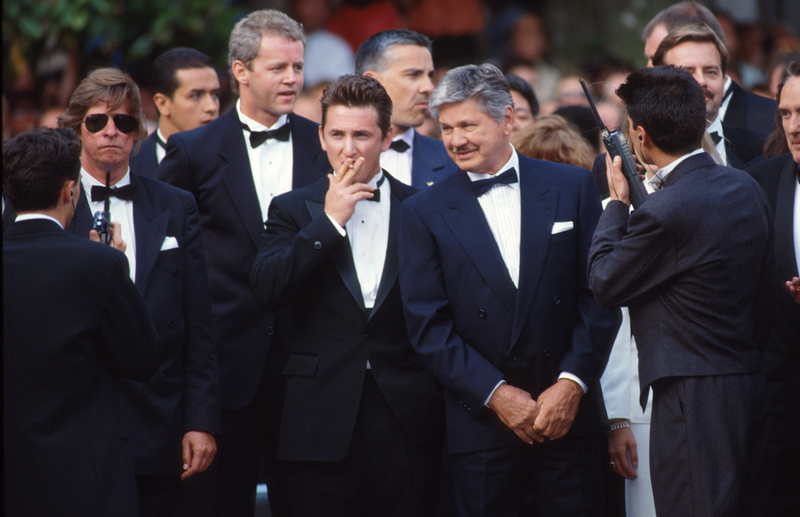
During filming, Bronson expressed reservations about his character's fate in the movie. He asked Penn if his character needed to commit suicide because he was unsure if his Italian fans would approve of seeing him do so. Despite this concern, Penn and Bronson had a good rapport on set. Penn joked with Bronson about his signature mustache, saying he didn't need to shave it off for the film.
The Things Fans Do
In the 1990s, Bronson received news that a woman he had never met had left him her entire estate in her will. She had been a devoted fan of his work. What's more? Her estate was valued at over $1 million.
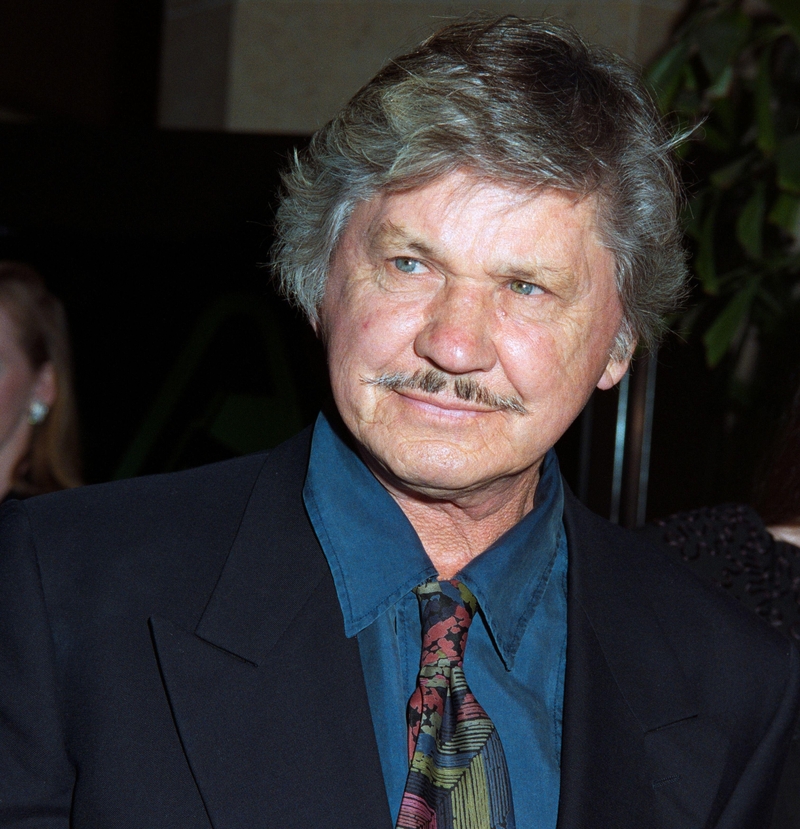
As one might expect, her family was not pleased with this turn of events and promptly sued Bronson. It's not uncommon for celebrities to receive unexpected gifts or gestures from their fans. In this case, the matter went beyond a mere token of appreciation. Bronson suddenly found himself in a legal battle with the woman's family. The two parties eventually settled out of court.
What Was Real and Wasn’t
Charles Bronson often bitterly recalled his six years of back-breaking work in coal mining. He claimed the labor left him with unsightly hands and permanent scars on his legs and torso. According to Brian D'Ambrosio, who wrote a biography of Bronson in 2001, the actor promoted myths about his childhood to fool gullible journalists after becoming famous.

Bronson sometimes claimed that he couldn't speak English in high school, that his mother sold him to travelers, and that he attended school in his sister's clothing. Bronson's first wife, Harriett Tendler, dismissed the story about him wearing dresses as "absolutely ridiculous," and claimed that his brothers often joked about his made-up misfortunes. Was making up stories a coping mechanism, perhaps? Nobody knows for sure.
Retirement from Acting and Death
Charles Bronson's health began to worsen, and he retired from acting after undergoing hip-replacement surgery in August 1998. He died at age 81 in Cedars-Sinai Medical Center in Los Angeles on August 30, 2003. Although many people believed he died from pneumonia and Alzheimer's, neither was actually mentioned in his death certificate.
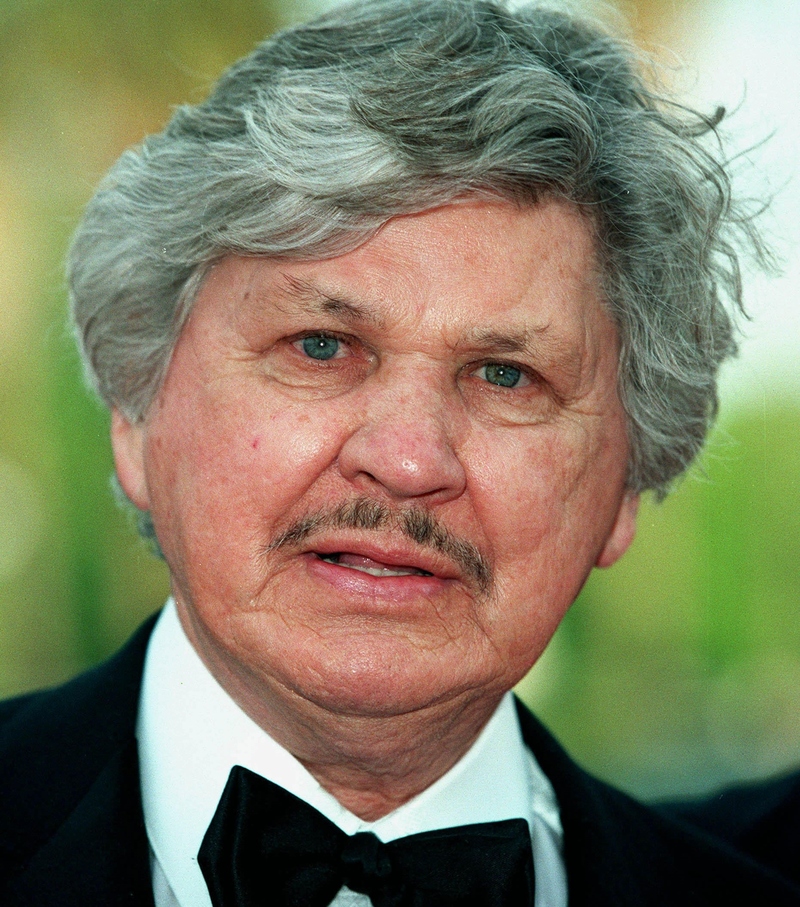
The certificate instead cited "respiratory failure," "metastatic lung cancer," along with "chronic obstructive pulmonary disease," and "congestive cardiomyopathy" as possible causes of death. Bronson was laid to rest at Brownsville Cemetery in West Windsor, Vermont. And many of his most fervent fans have flocked to this part of the world to pay their respects to him over the years.
Paying Tribute to His Legacy
Following Charles Bronson's death on August 30, 2003, several newspapers, including the New York Times, inaccurately reported that he had only driven a delivery truck in Arizona during his time in the military. However, Bronson's former comrades stepped forward and demanded retractions.
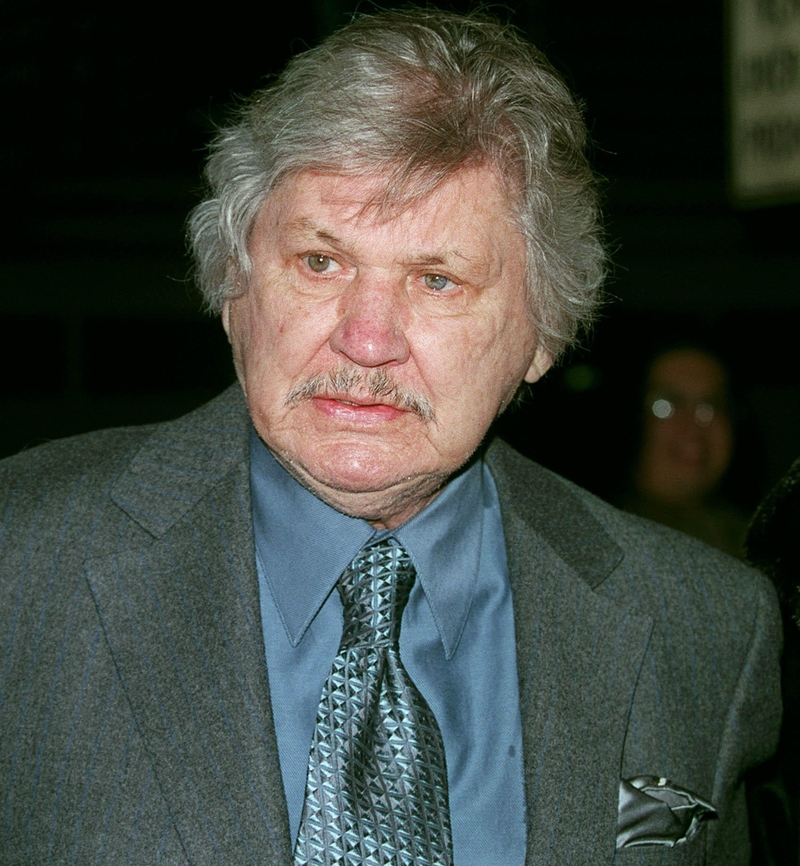
They revealed that he had been a war hero who had flown 26 combat missions in the Pacific as a tail gunner in the Guam-based 61st Bombardment Squadron. Former B-29 flying partner, Ken Trow, spoke to The Great Falls Tribune about the man he knew as Charlie Buchinsky, describing him as a quiet and likable guy. He was a respected and well-liked figure among those who knew him.
Never Formally Recognized or Awarded
Despite his numerous achievements as an actor, Charles Bronson received nothing in formal recognitions and awards. Bronson only received two nominations and three awards throughout his career, a meager number considering his many accomplishments. Of those five mentions, only one was for a prestigious accolade - the Hollywood Walk of Fame.
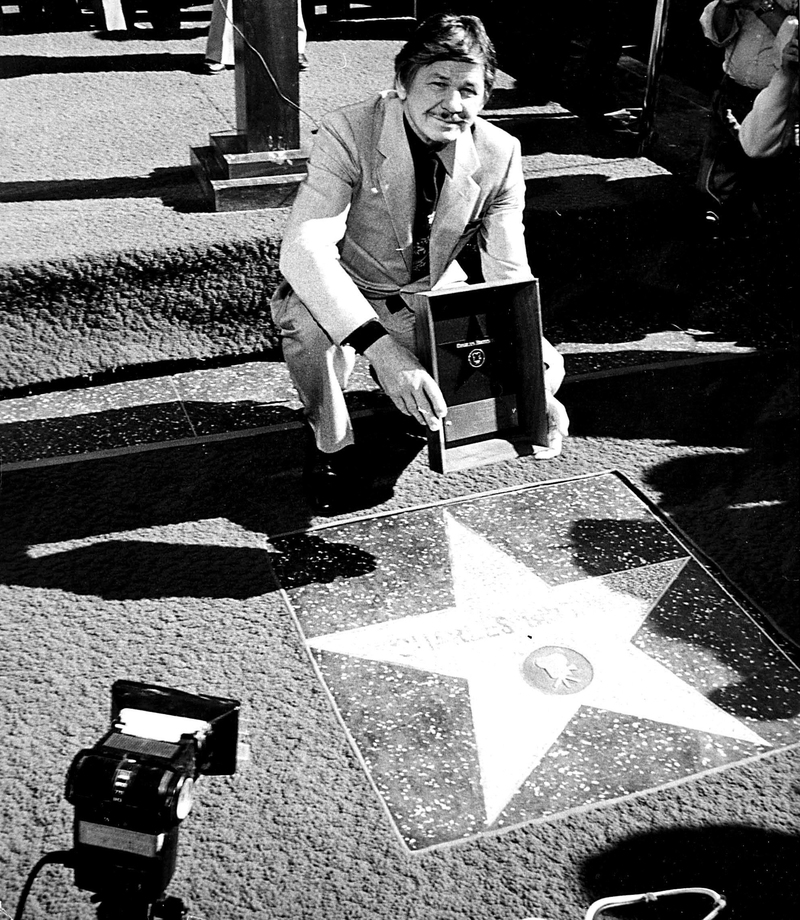
The other nominations were a Primetime Emmy nomination in 1961 and the Henrietta Award at the Golden Globes for World Film Favorite, which he shared with Sean Connery. Although awards are the traditional symbols of excellence, they don't necessarily define an artist's worth or talent. And in Bronson's case, his legacy and contributions to the film industry speak for themselves, making him a true icon of the silver screen.
Beyond Charles Bronson the Tough Guy
Despite his tough-guy image, Charles Bronson had a hidden soft side. He had a passion for art and was an accomplished painter. In fact, during interviews, he often preferred discussing his artwork over his acting career, as noted by renowned film critic Roger Ebert. However, Bronson did not want his fame as a movie star to influence the sales of his paintings.
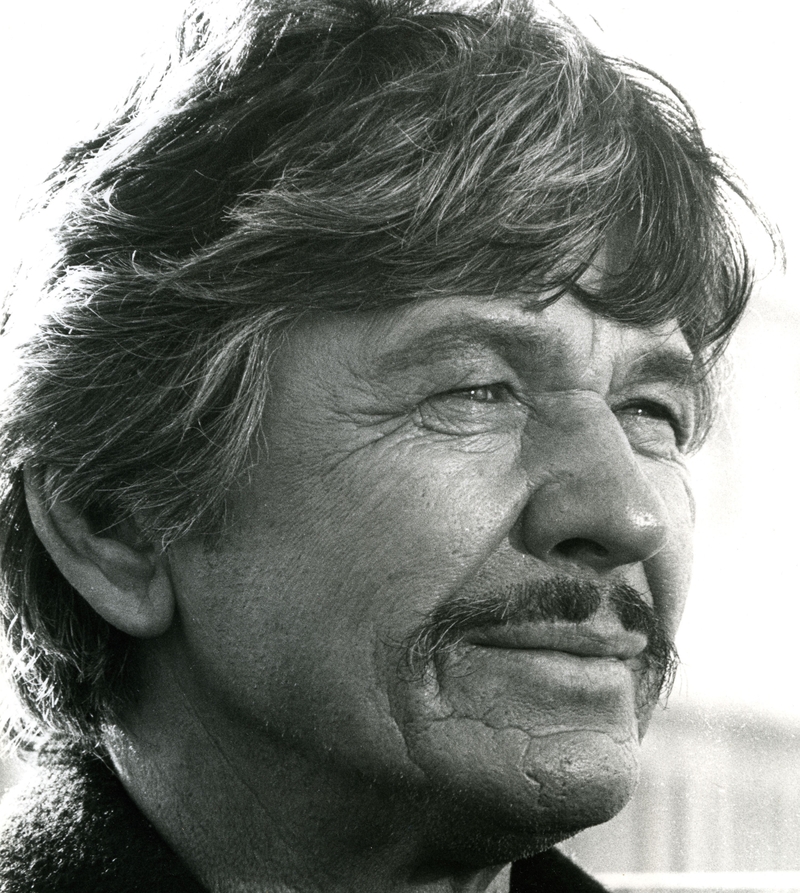
To ensure his work received recognition solely for its artistic merit, he painted under his original last name, "Buchinsky." The ploy worked, and Bronson sold several paintings based solely on their artistic value. No matter how tough or stoic people may appear, it is inspiring how they can have surprising hidden passions and talents.